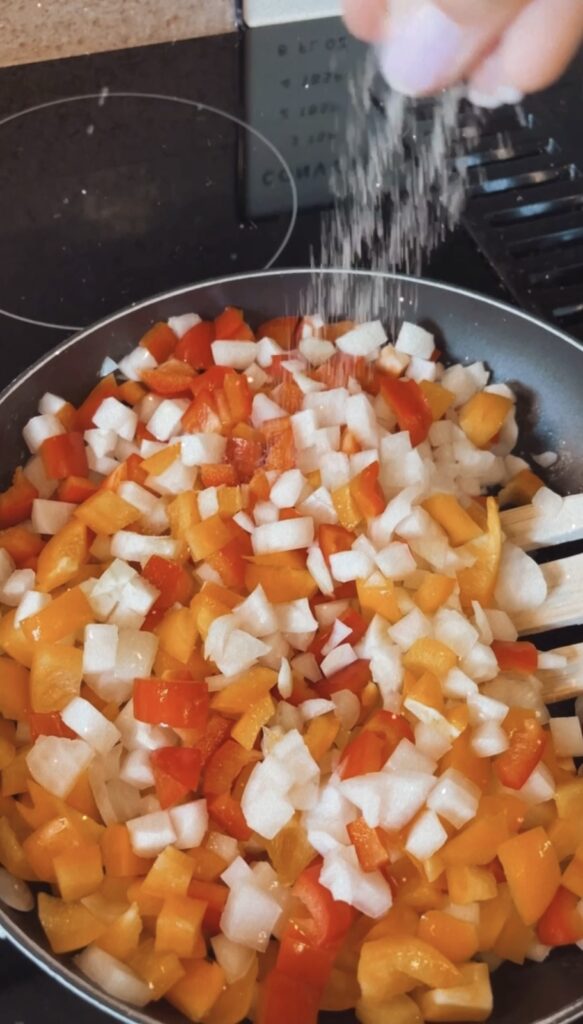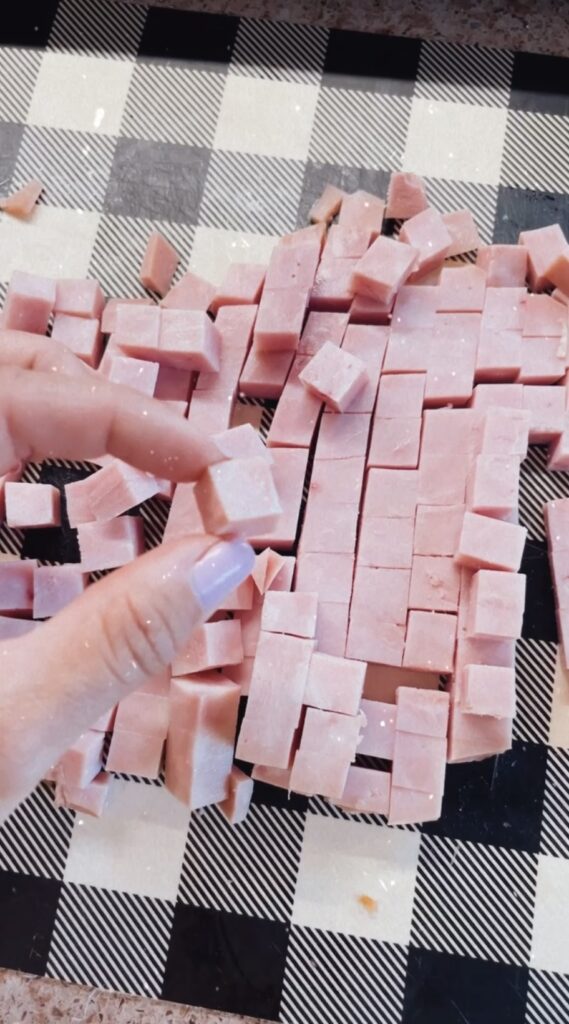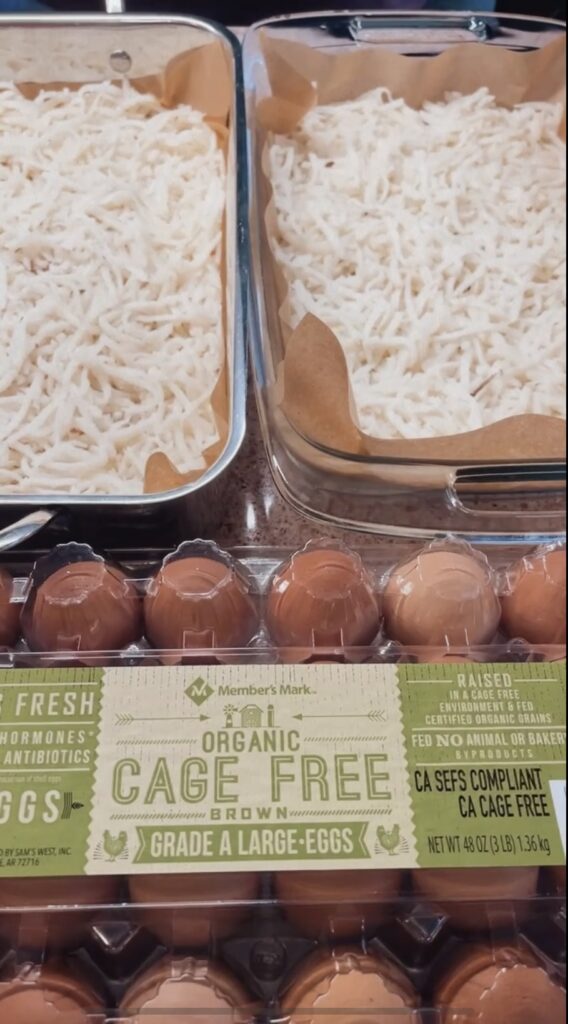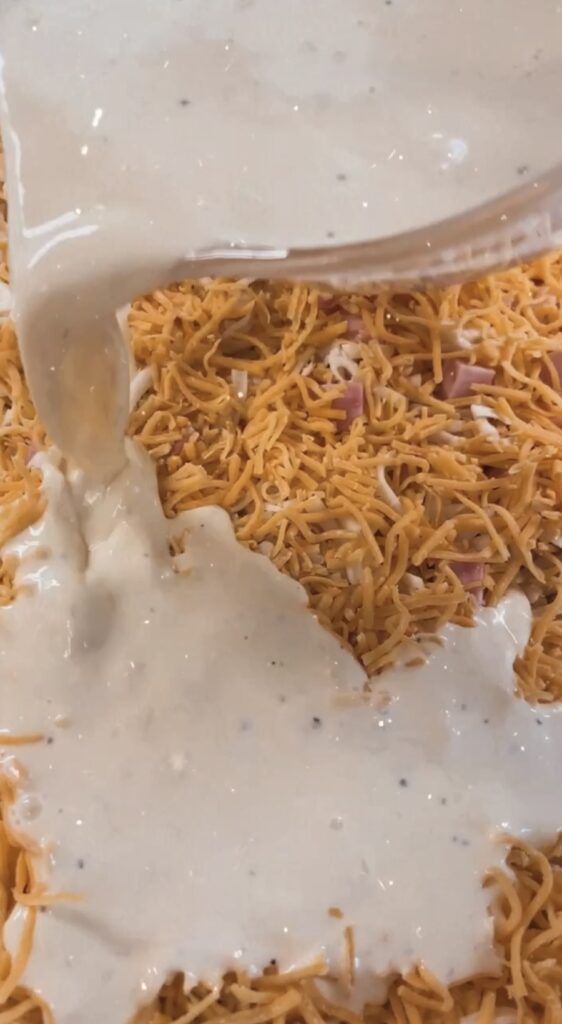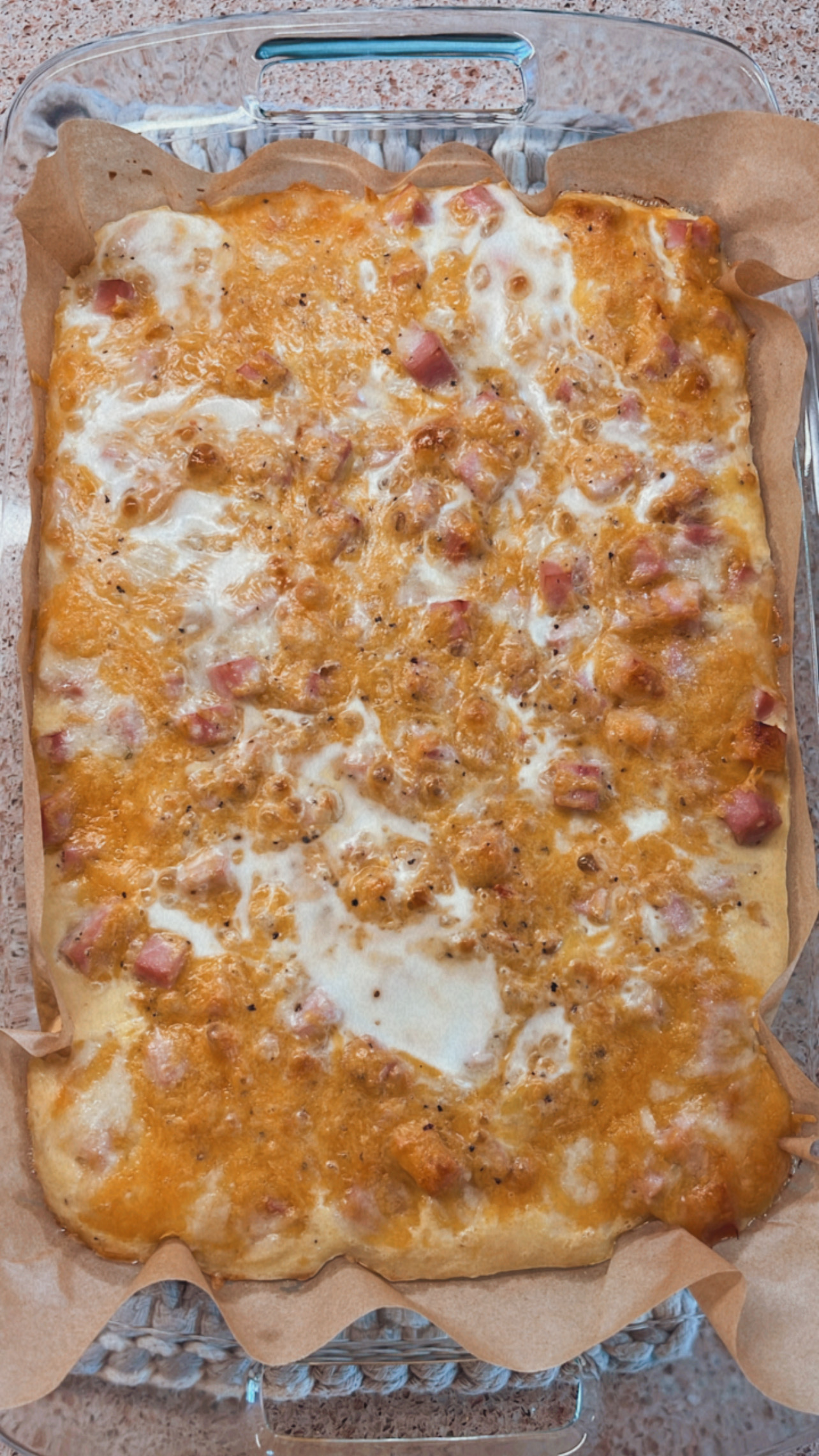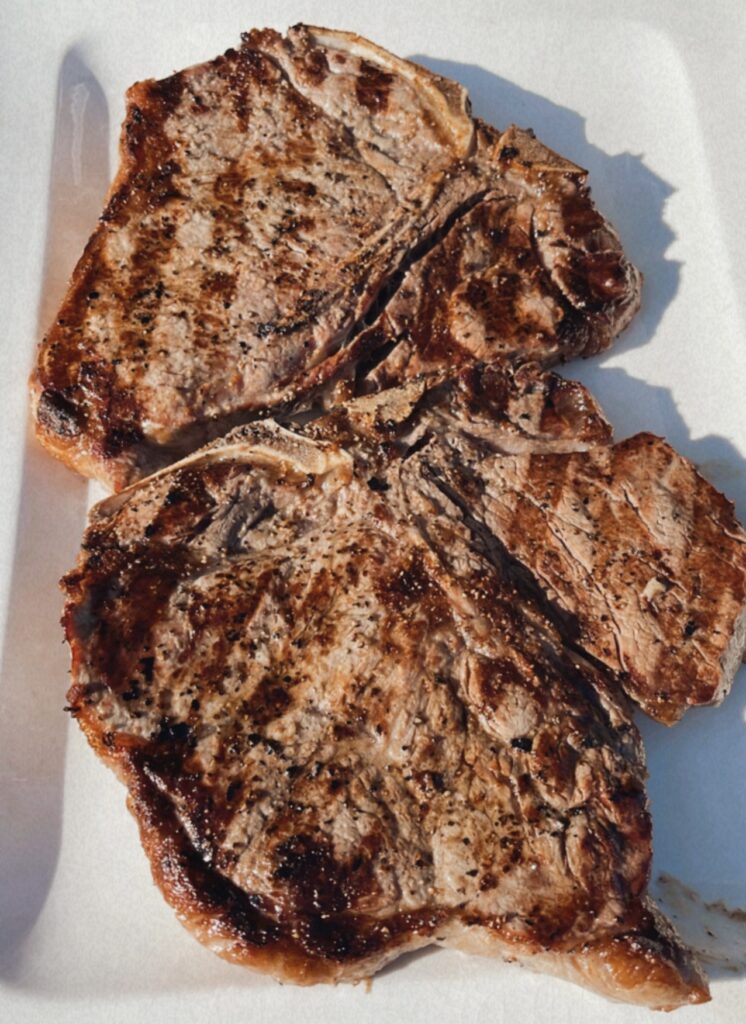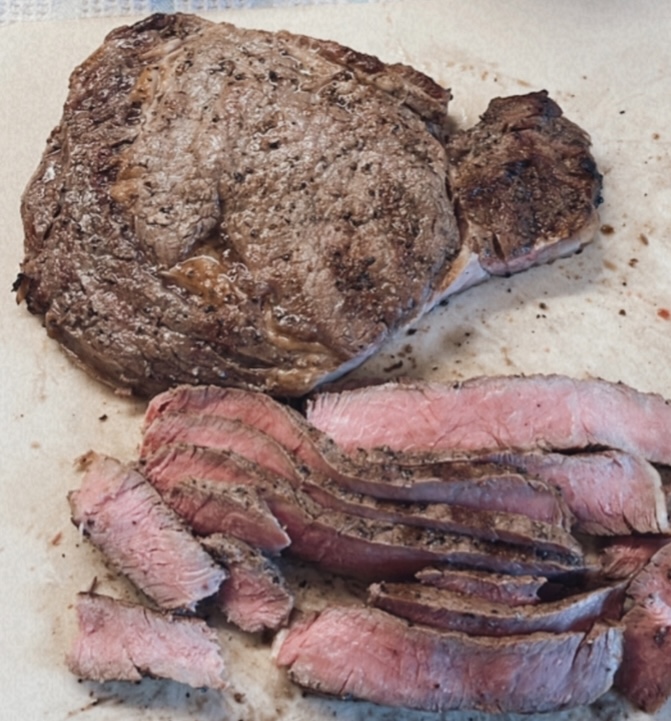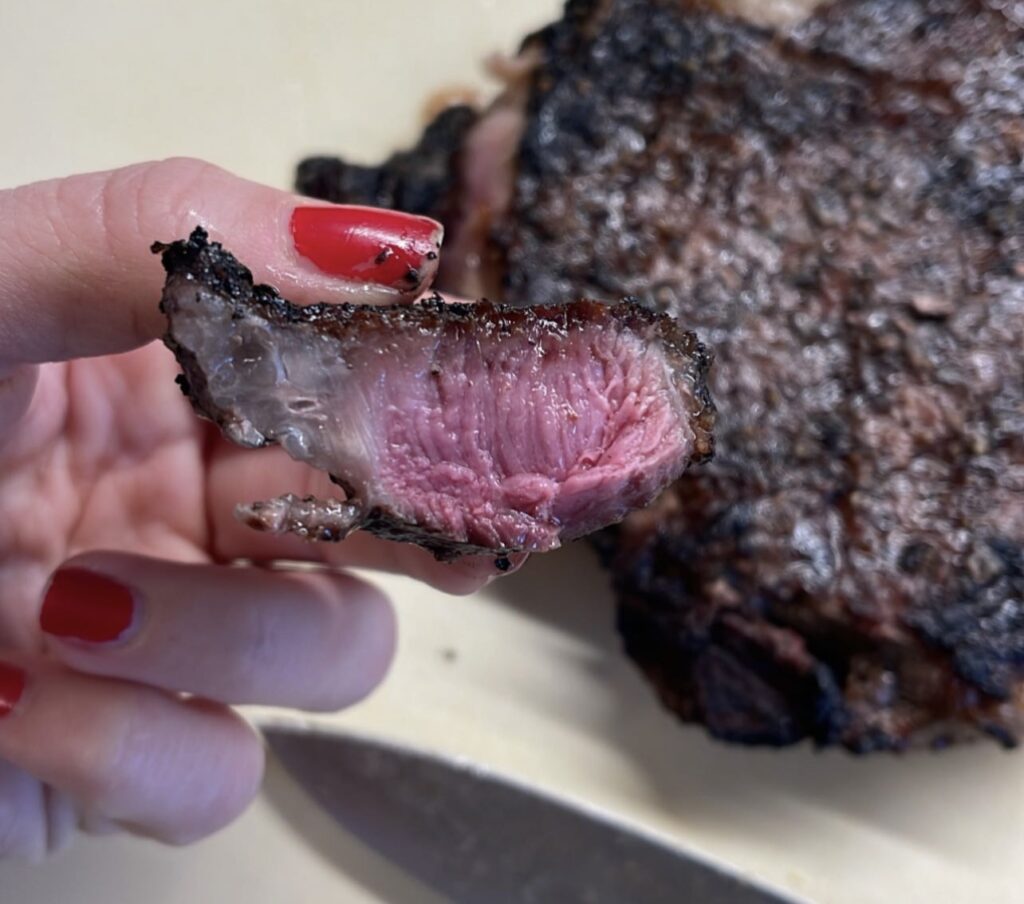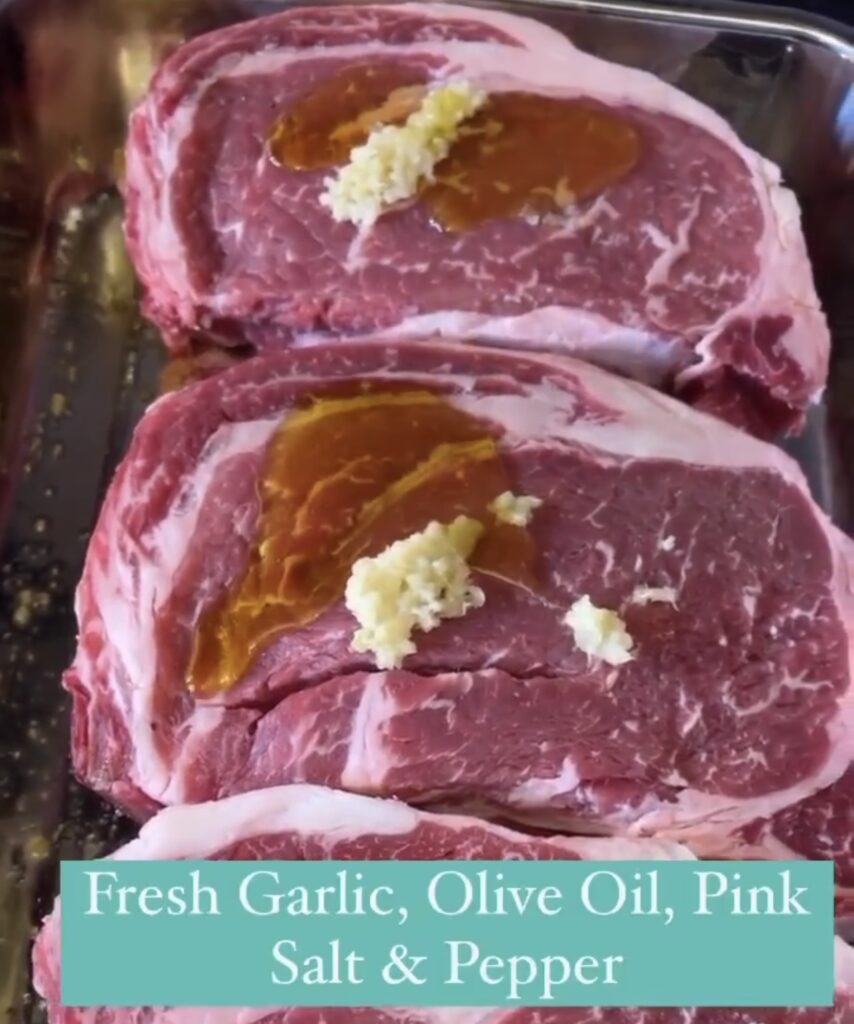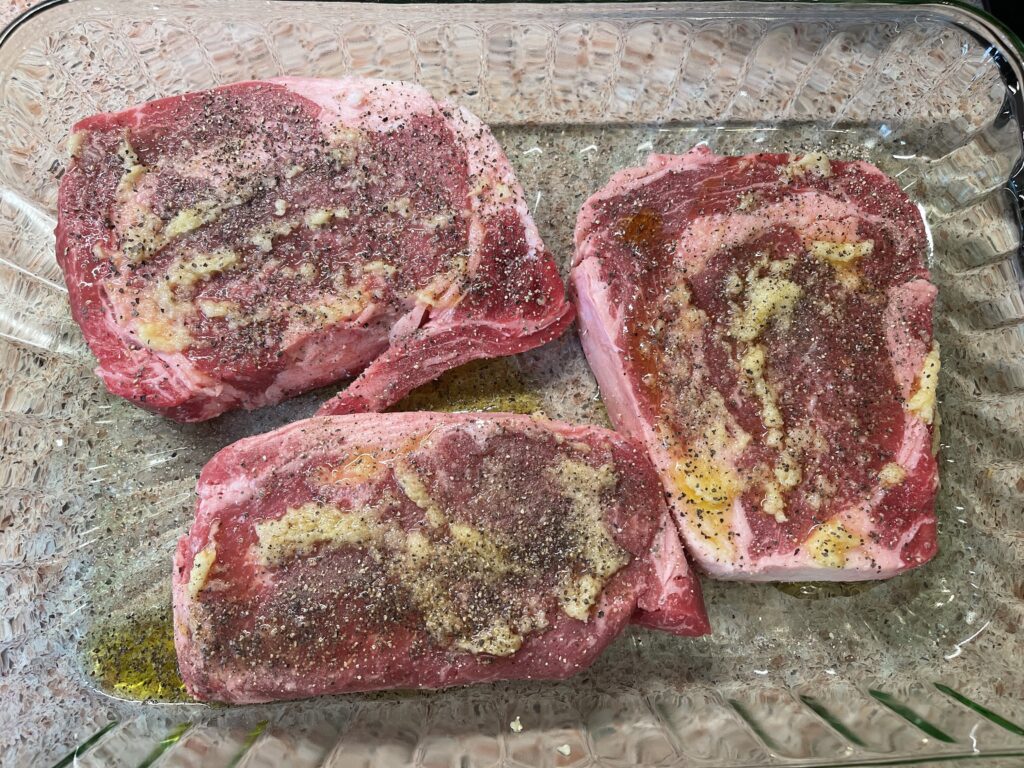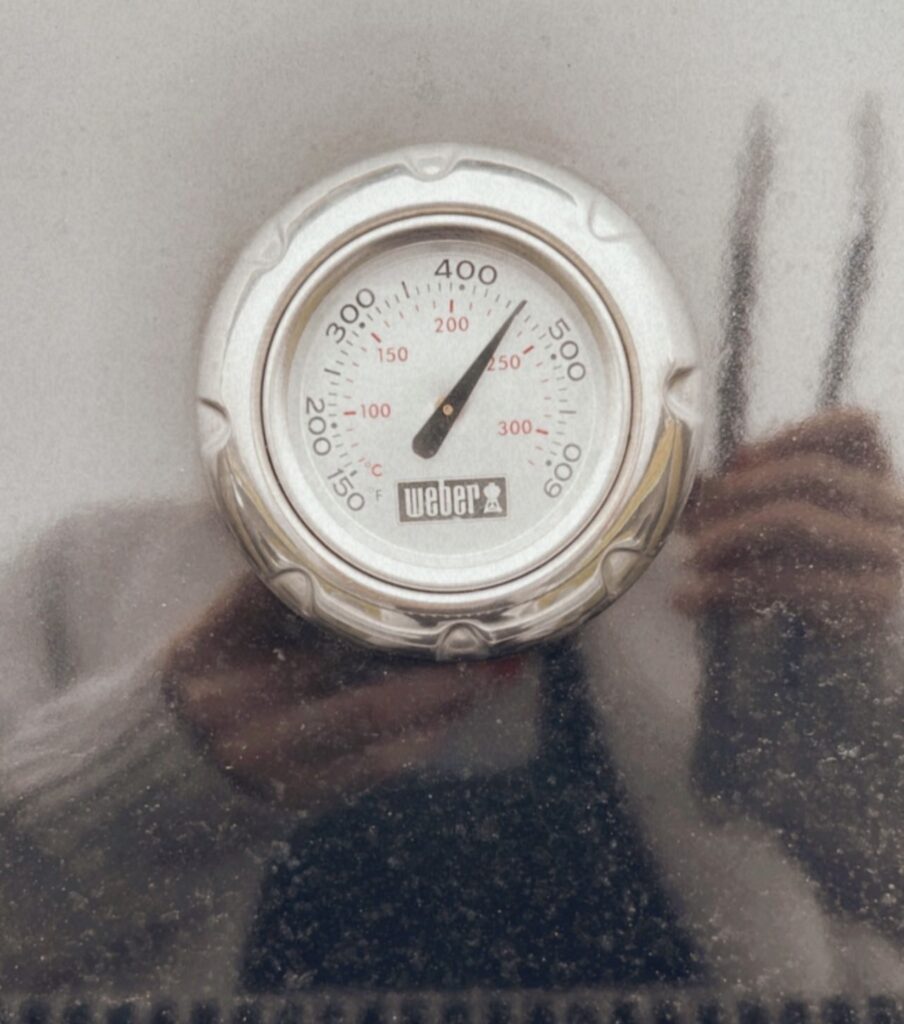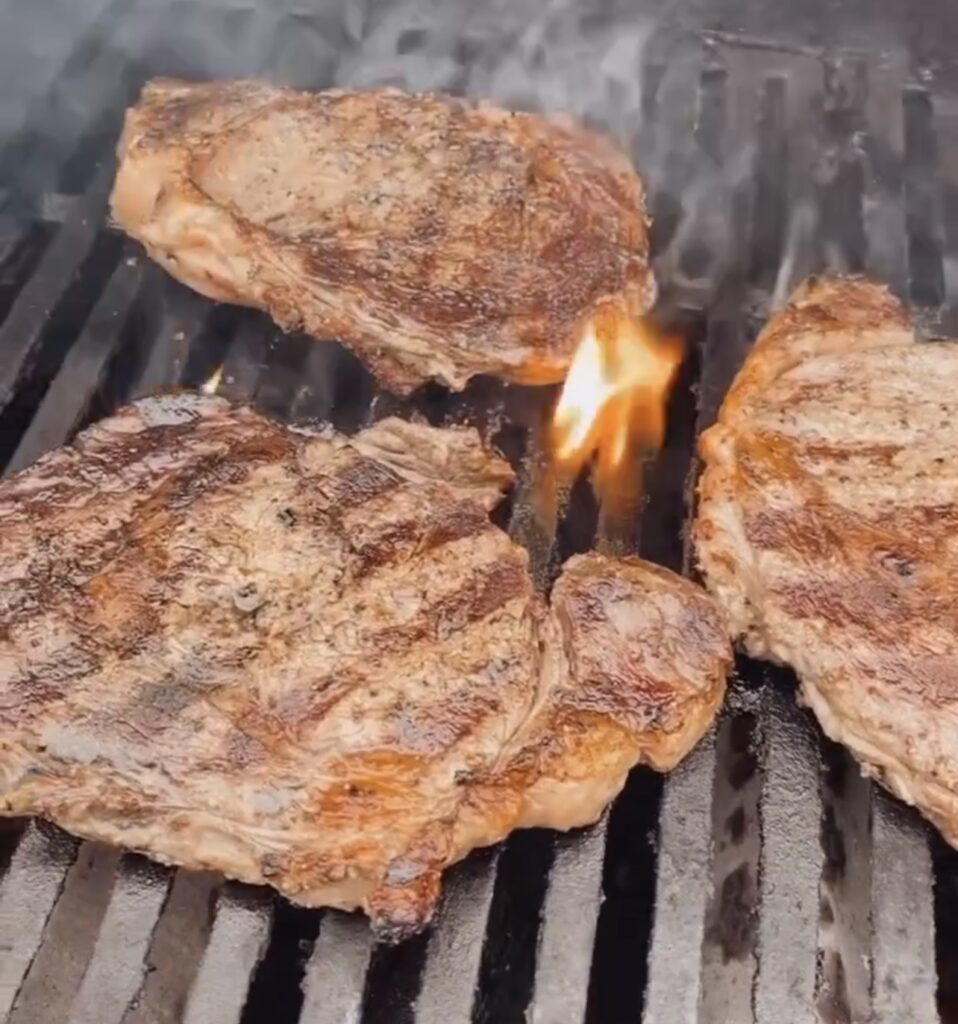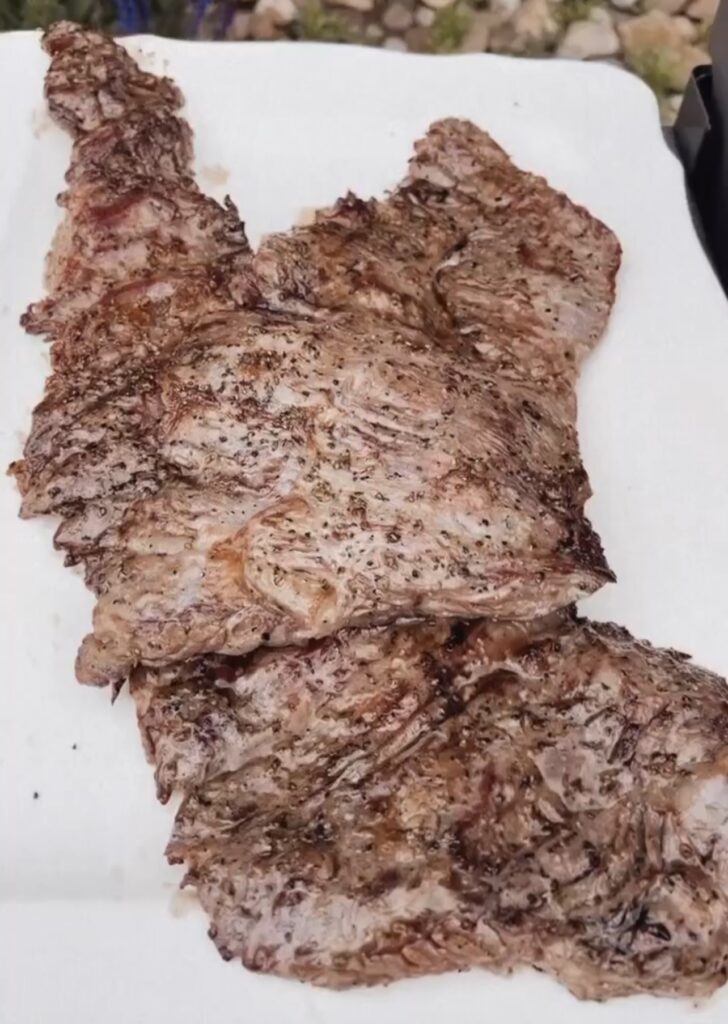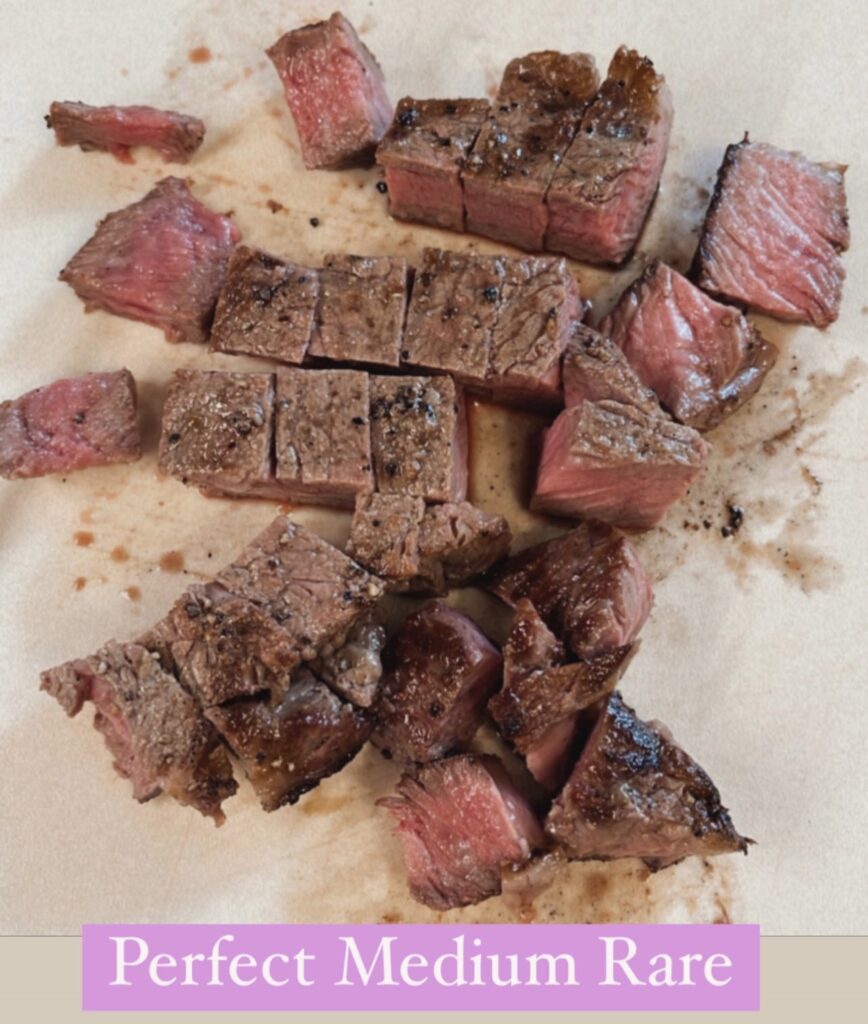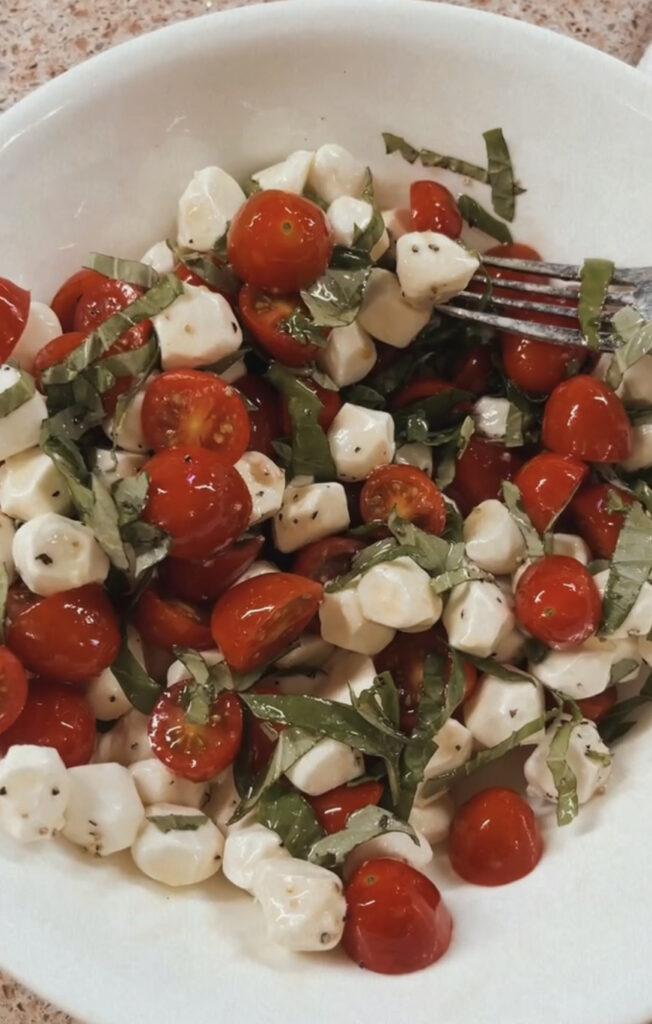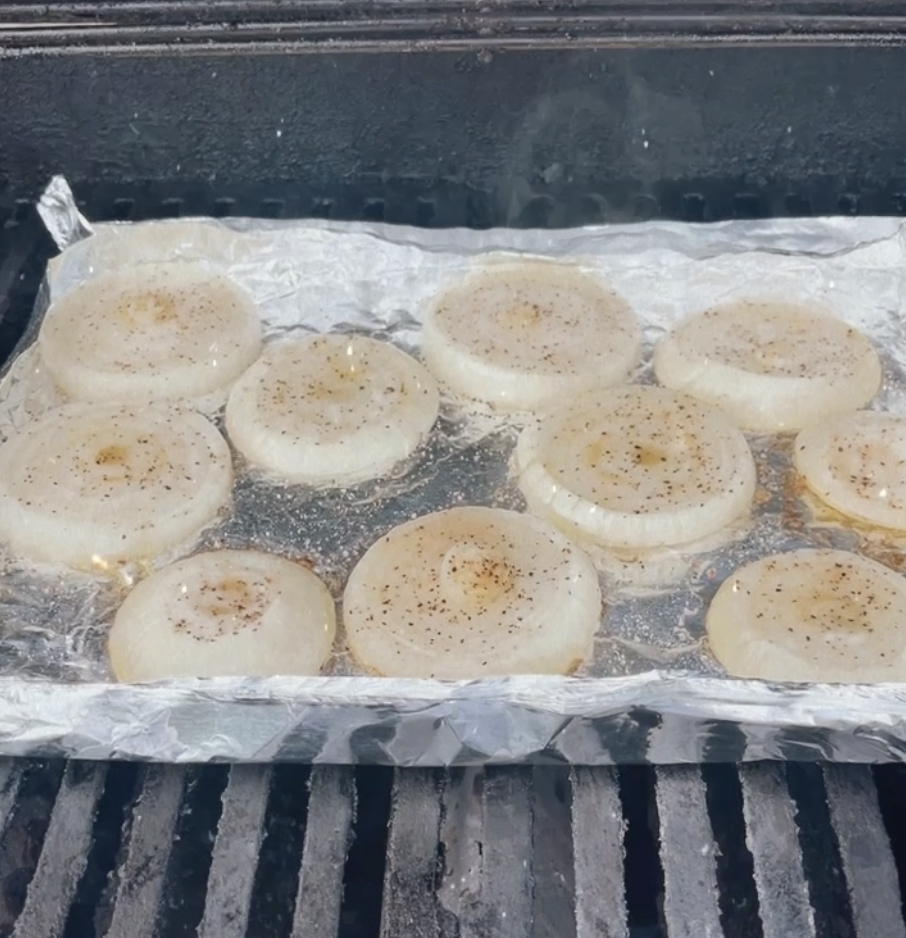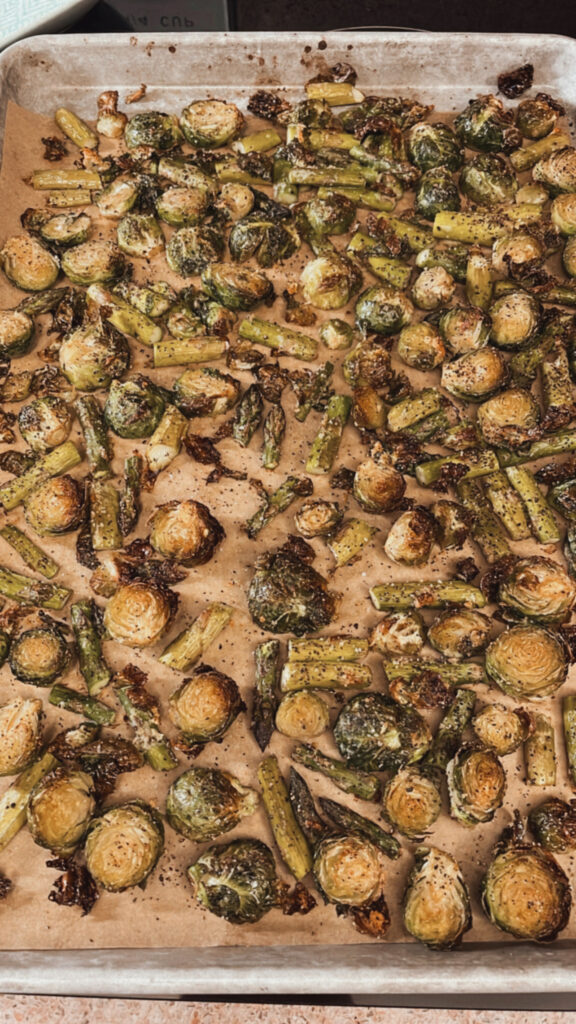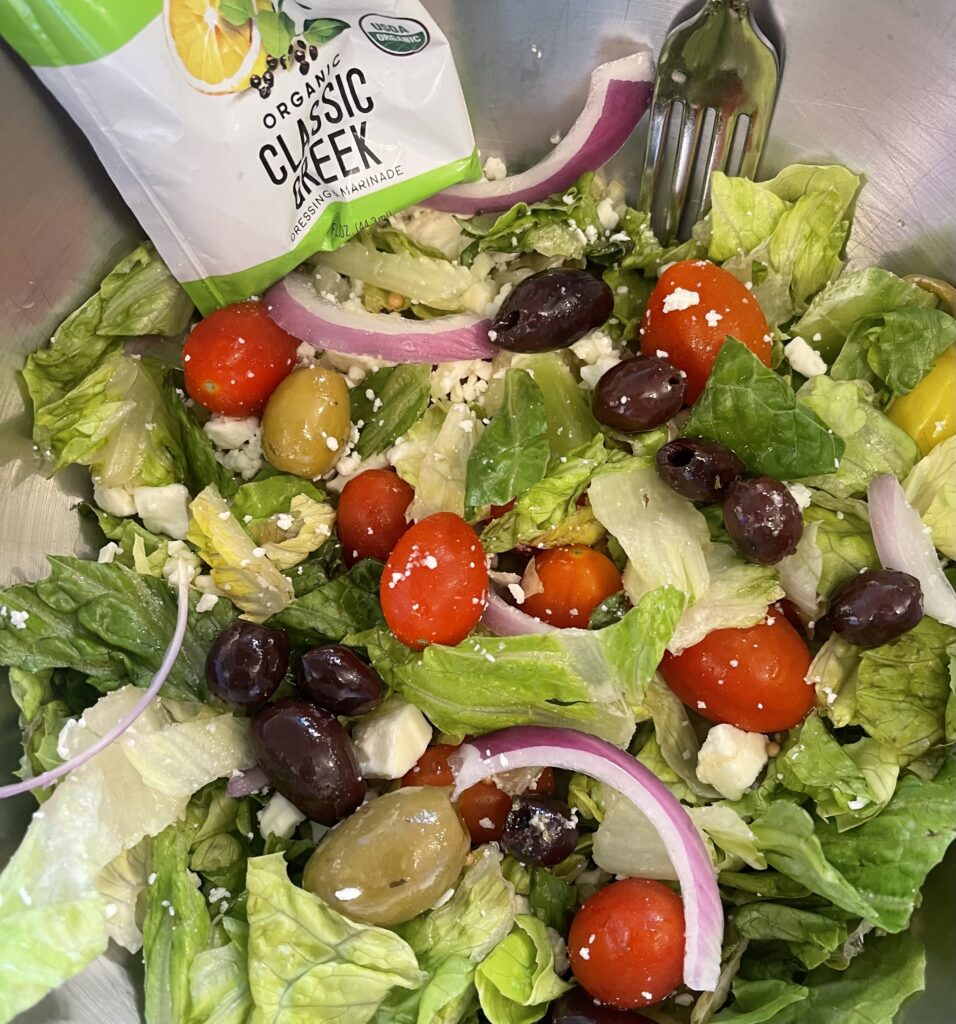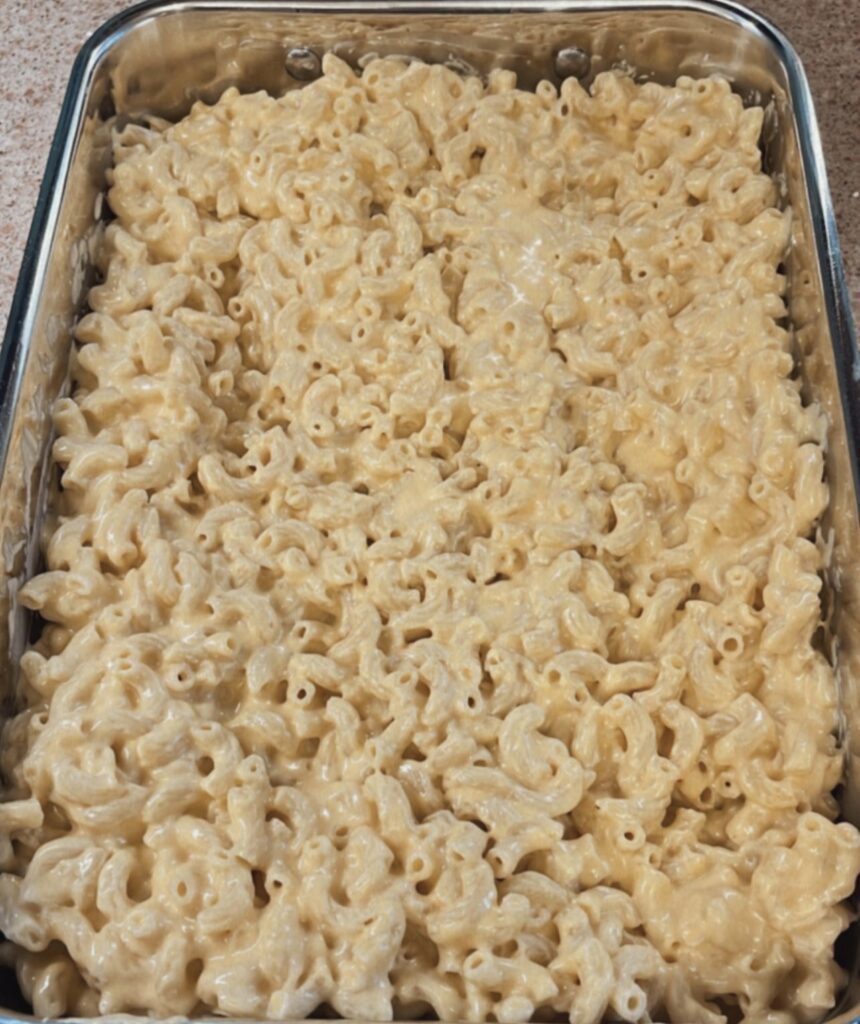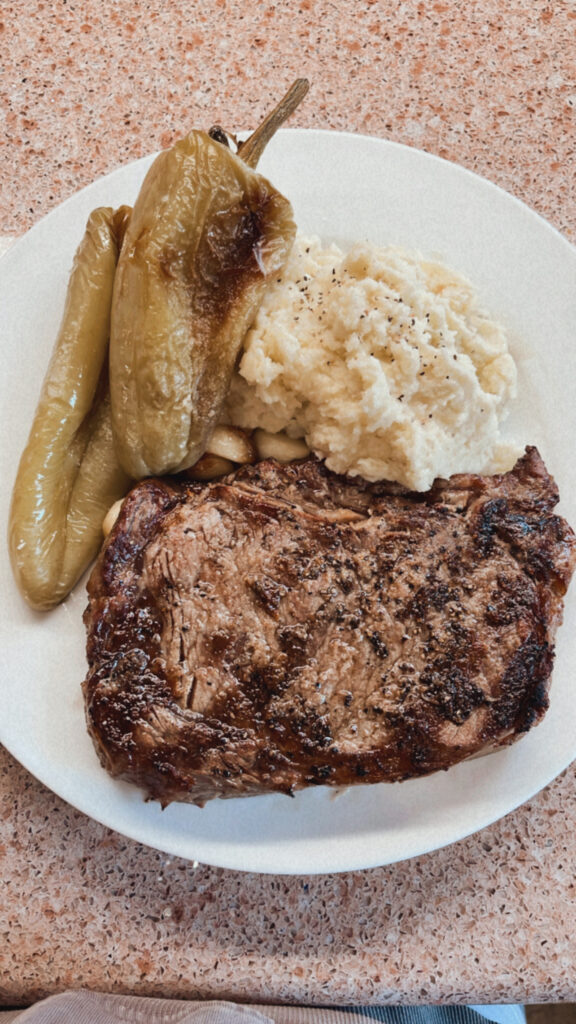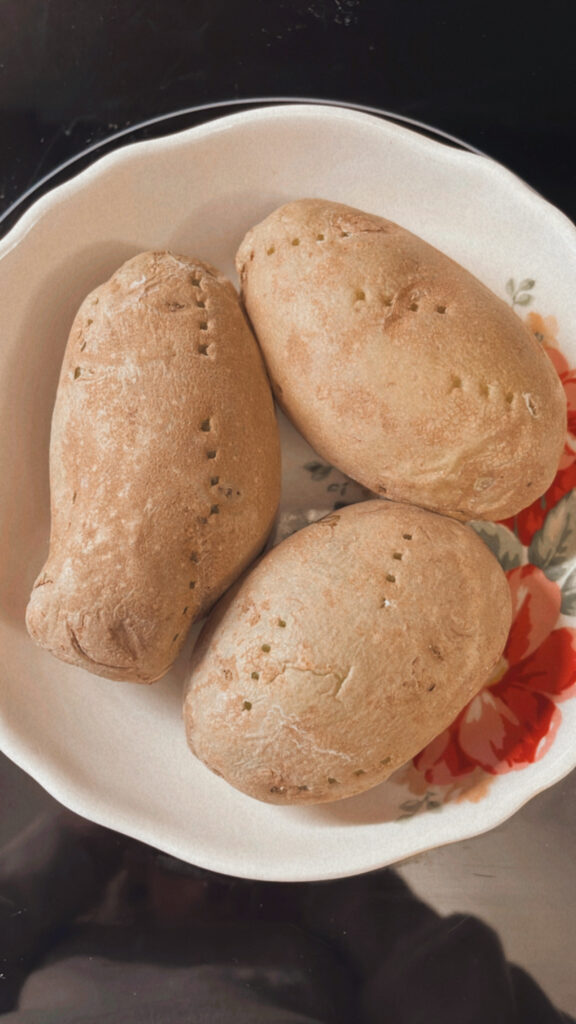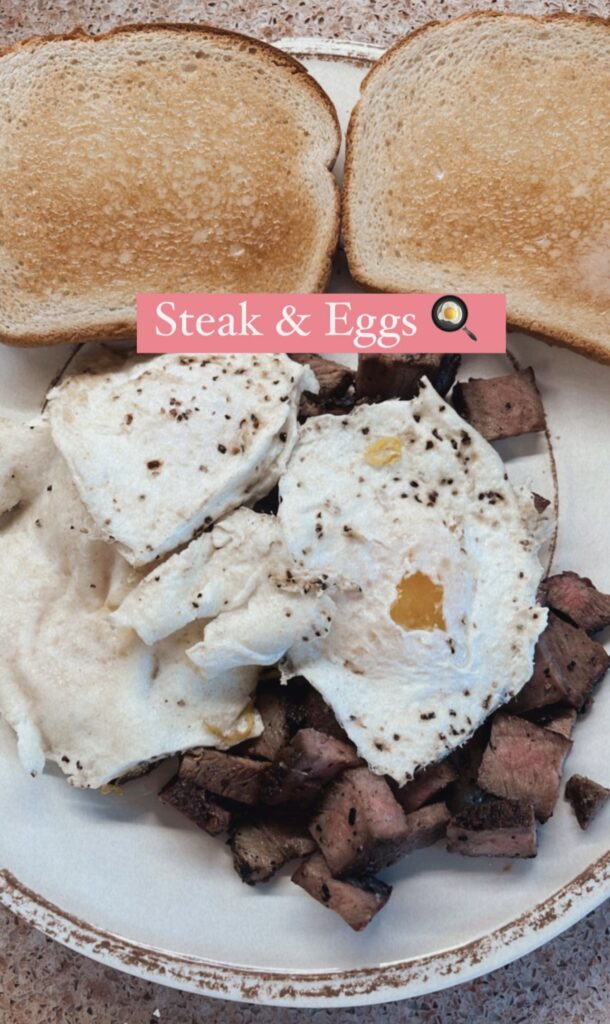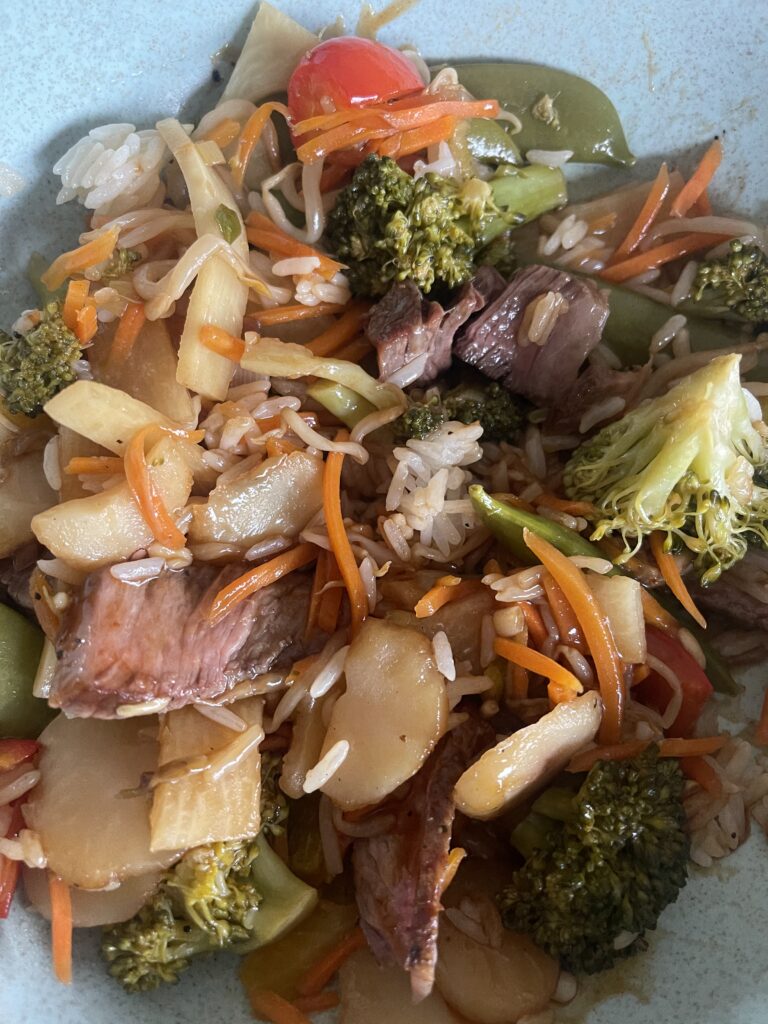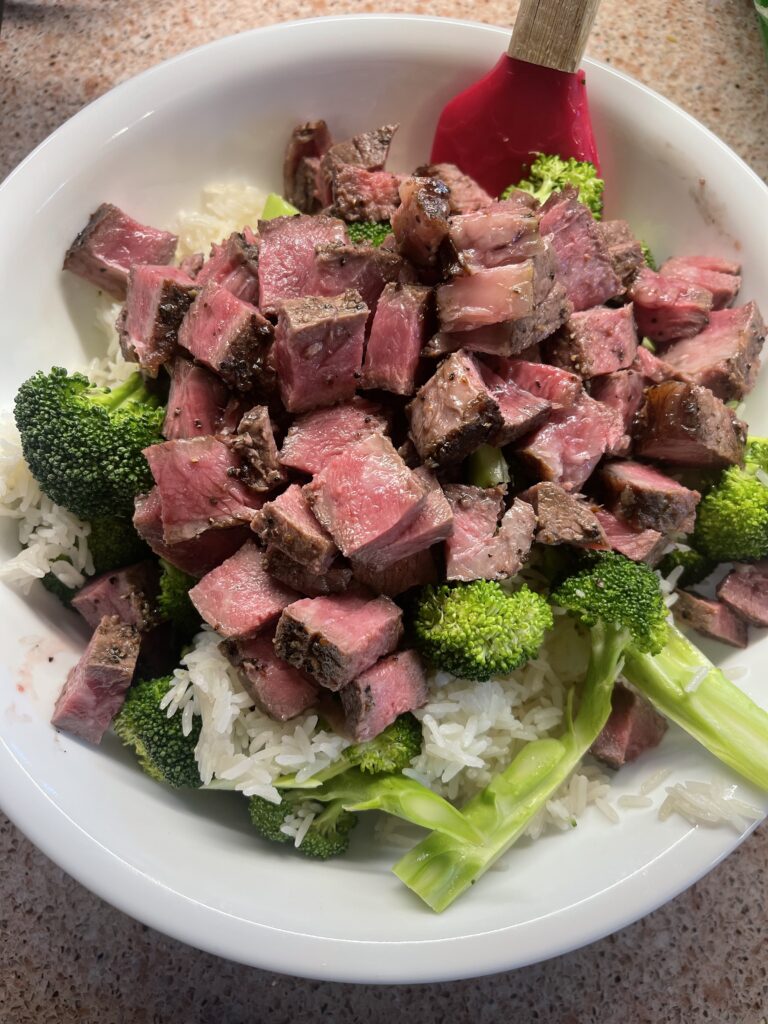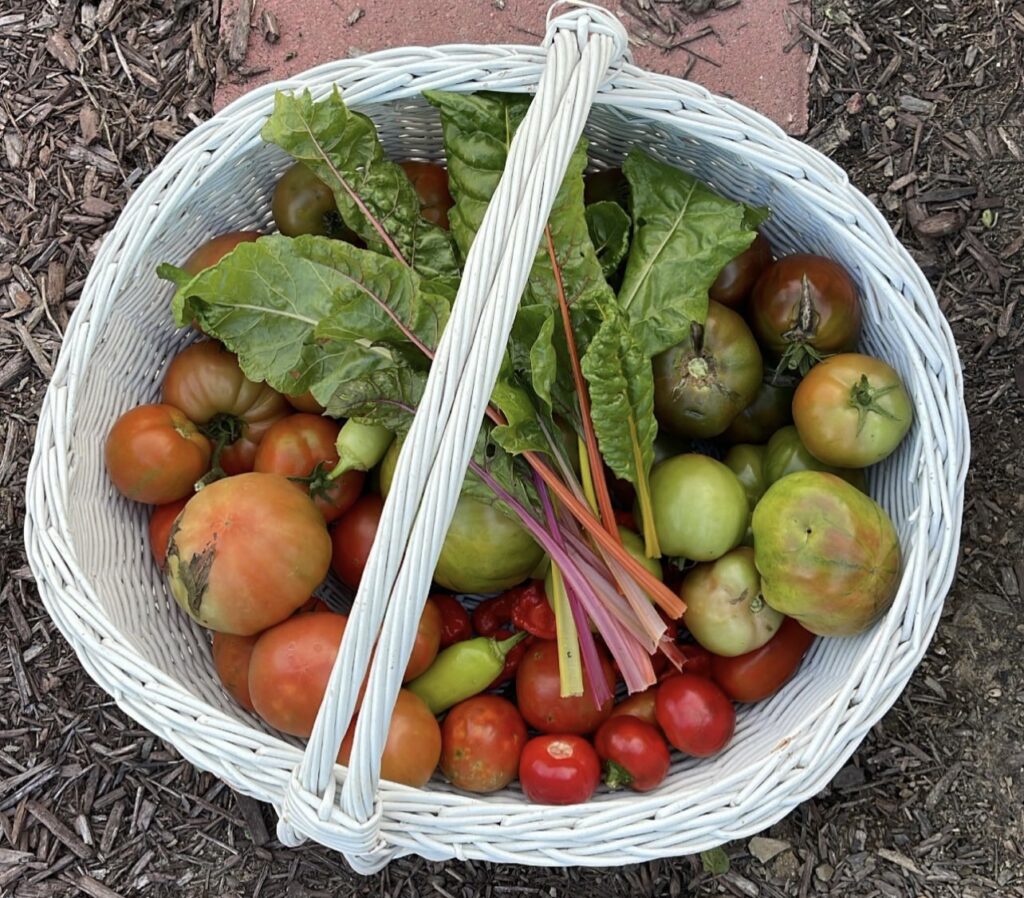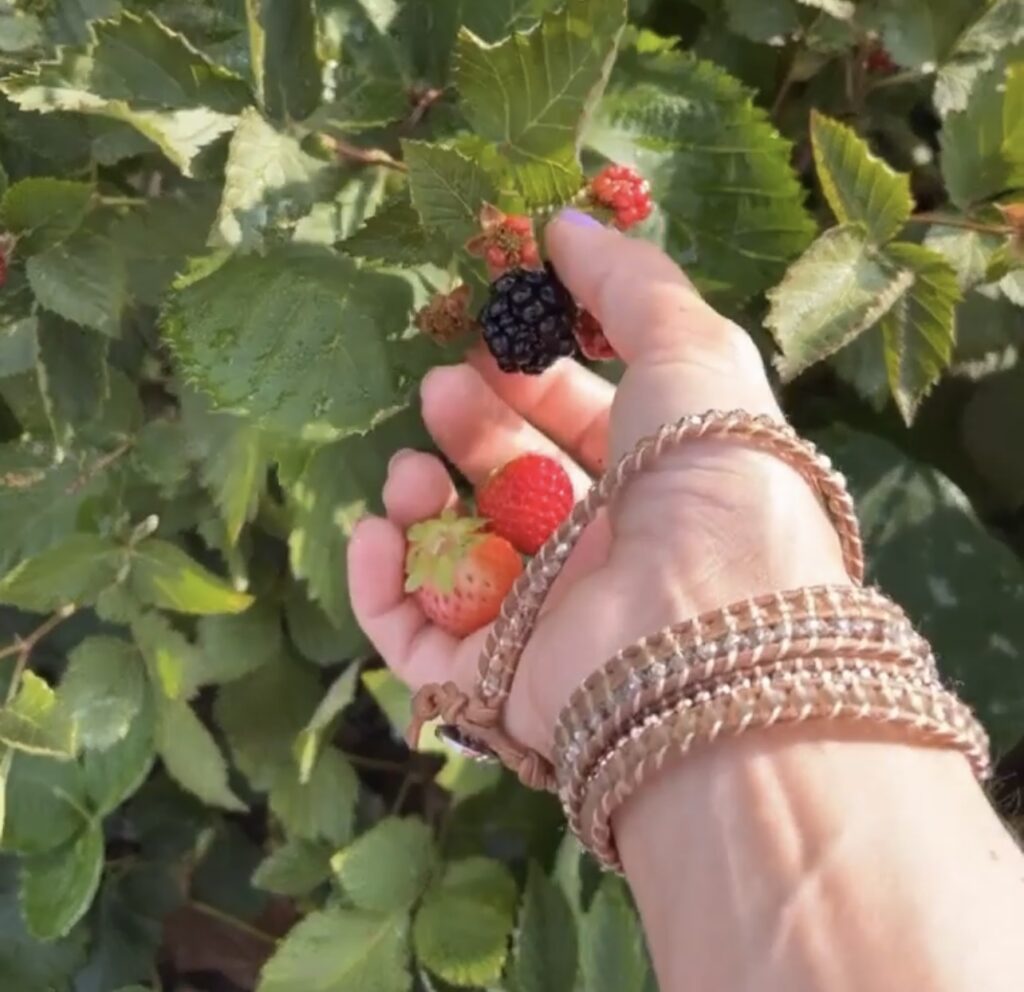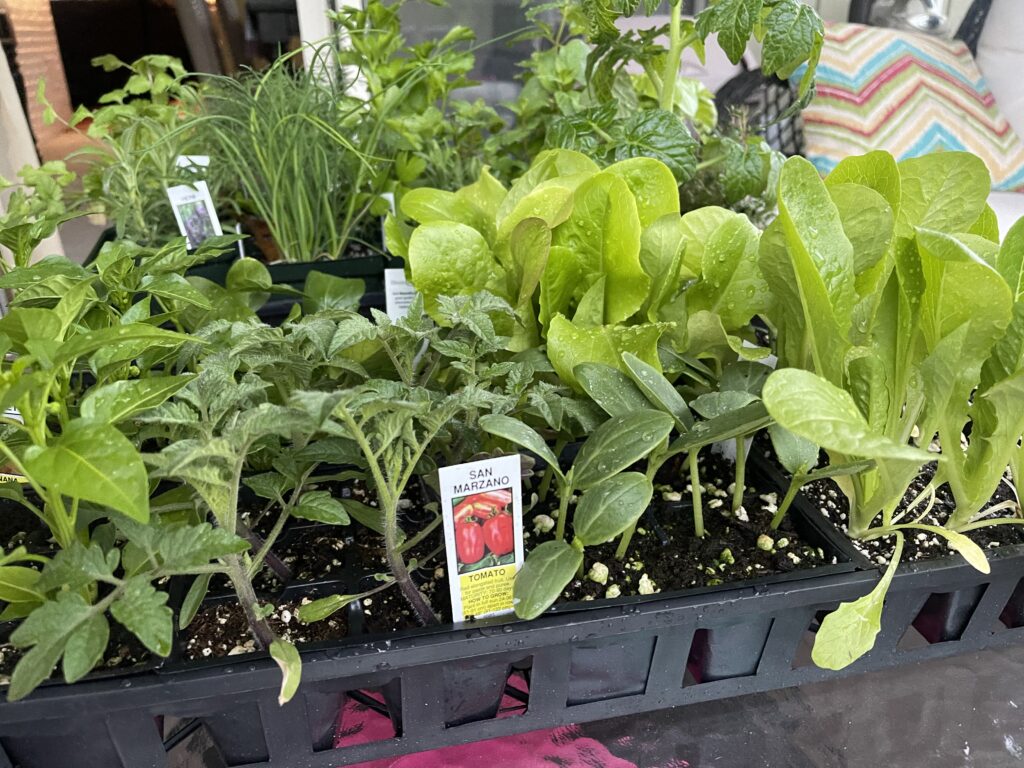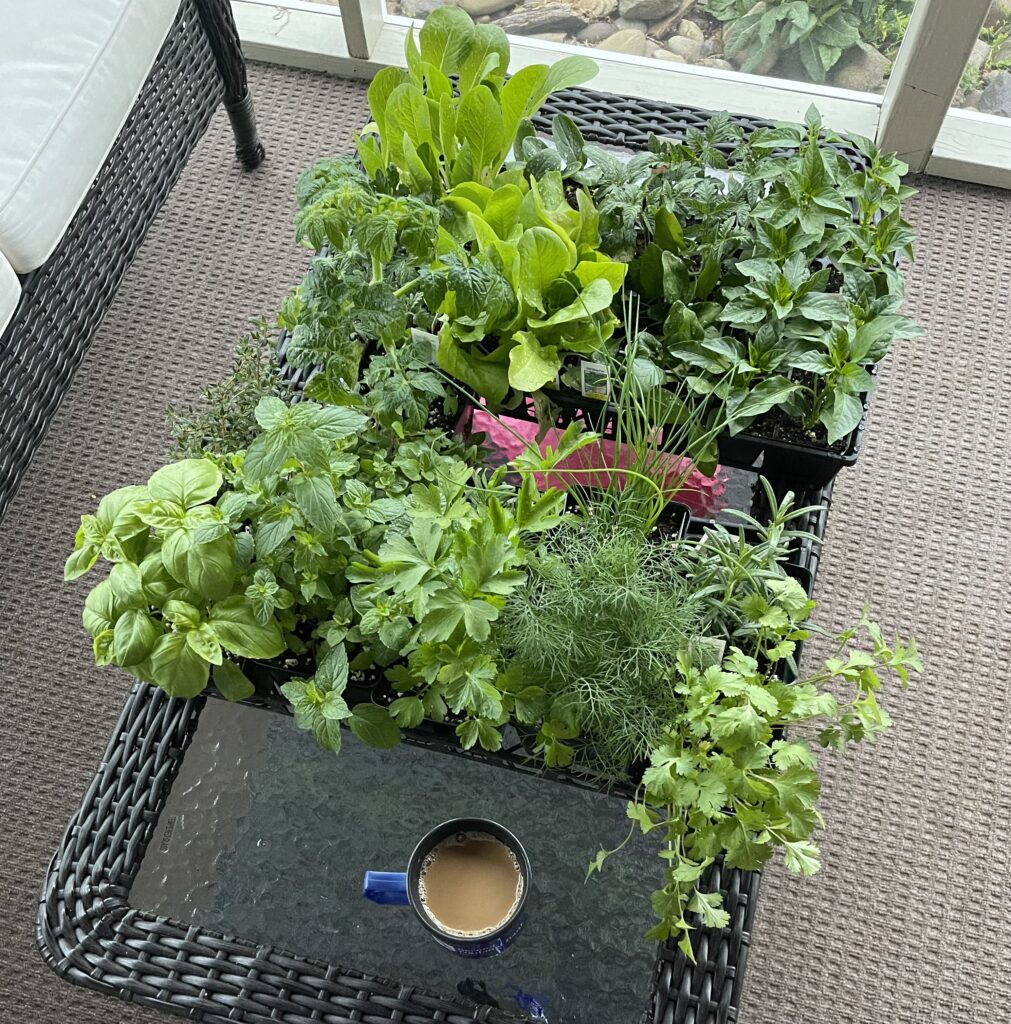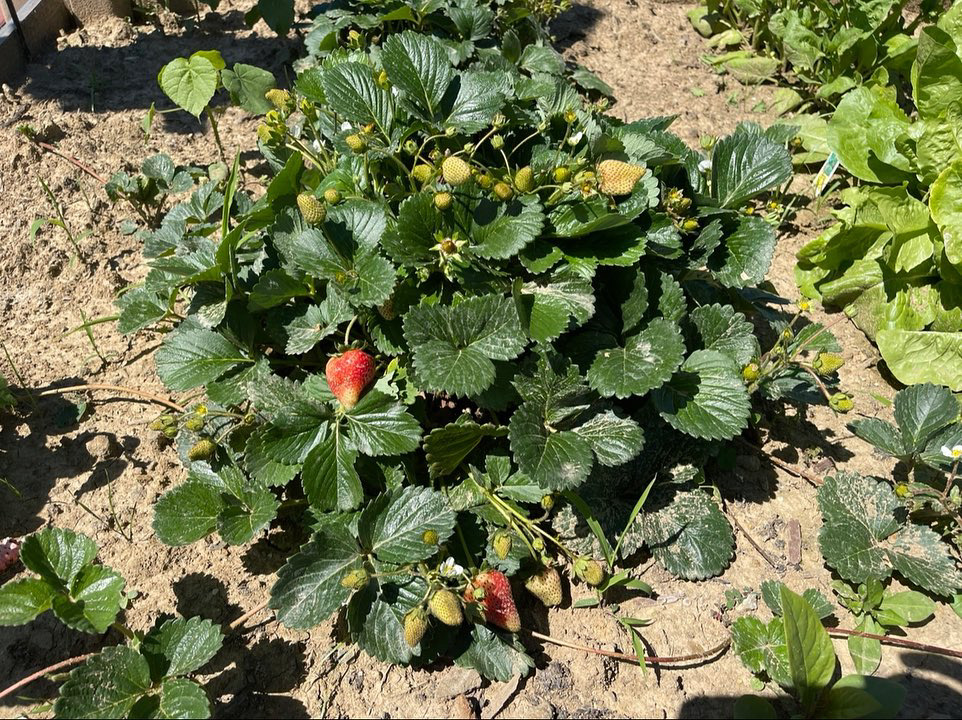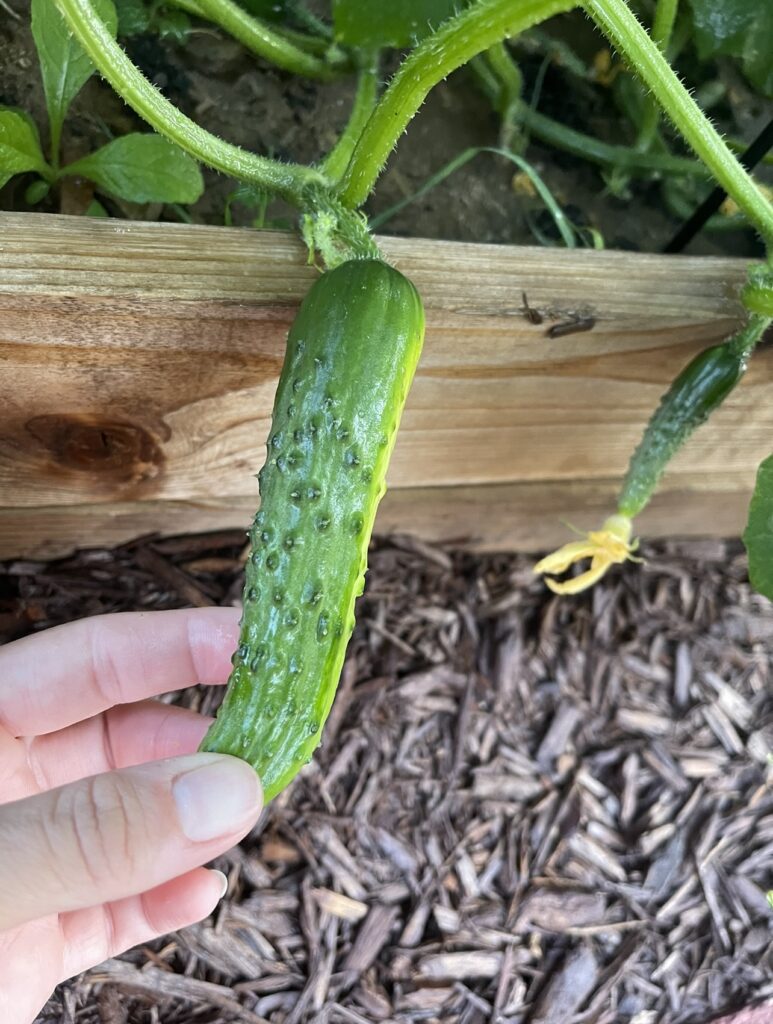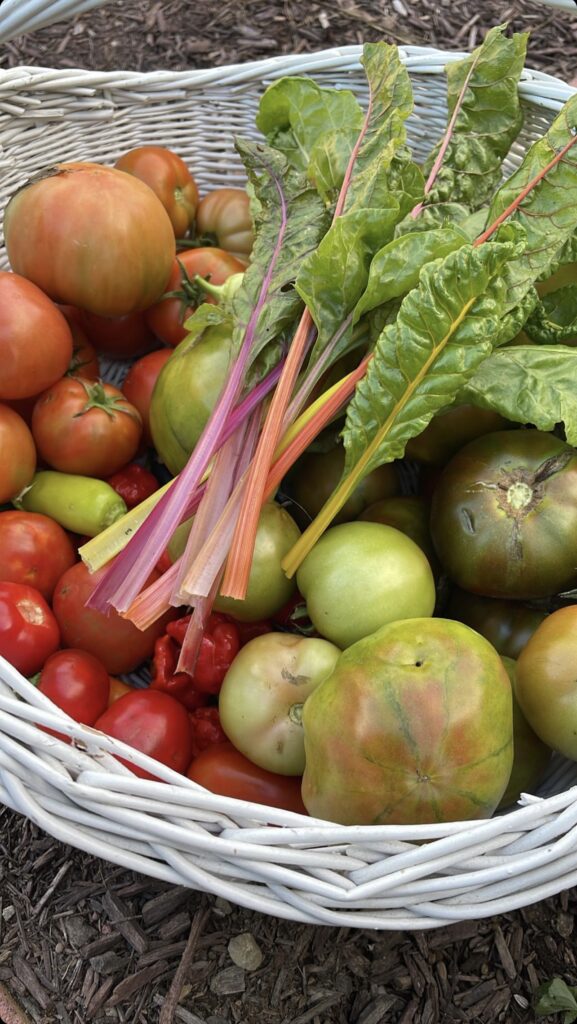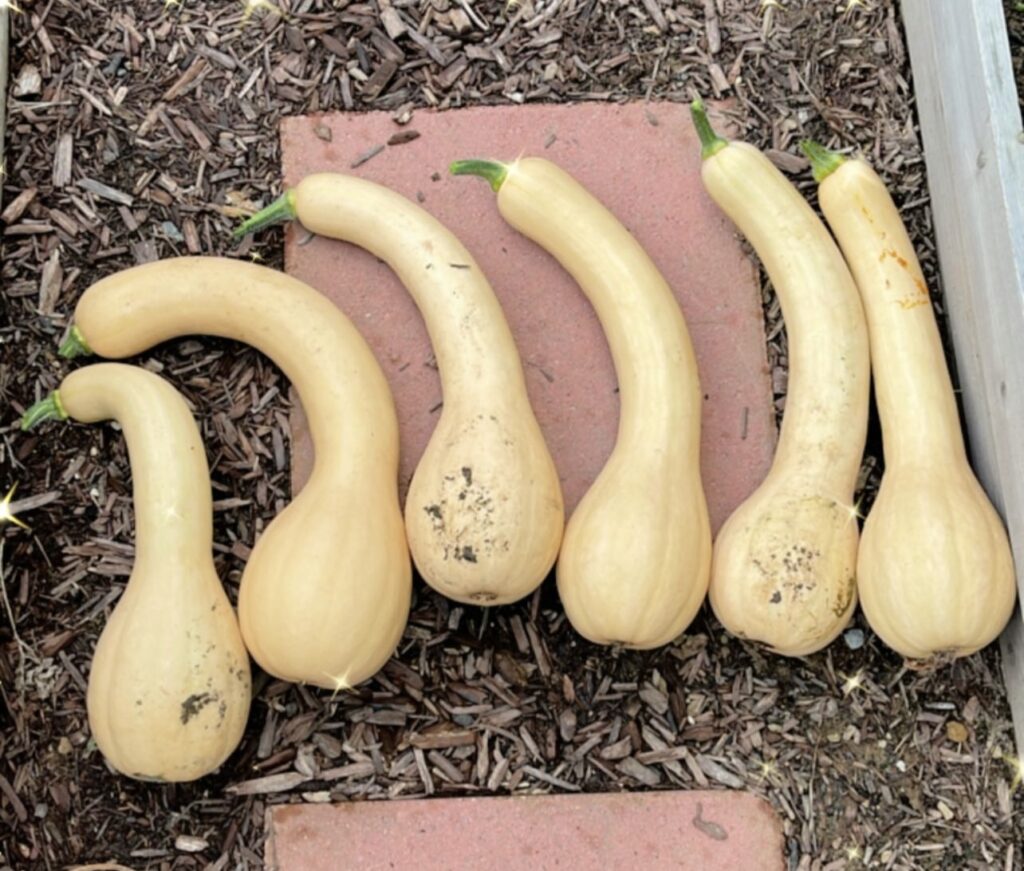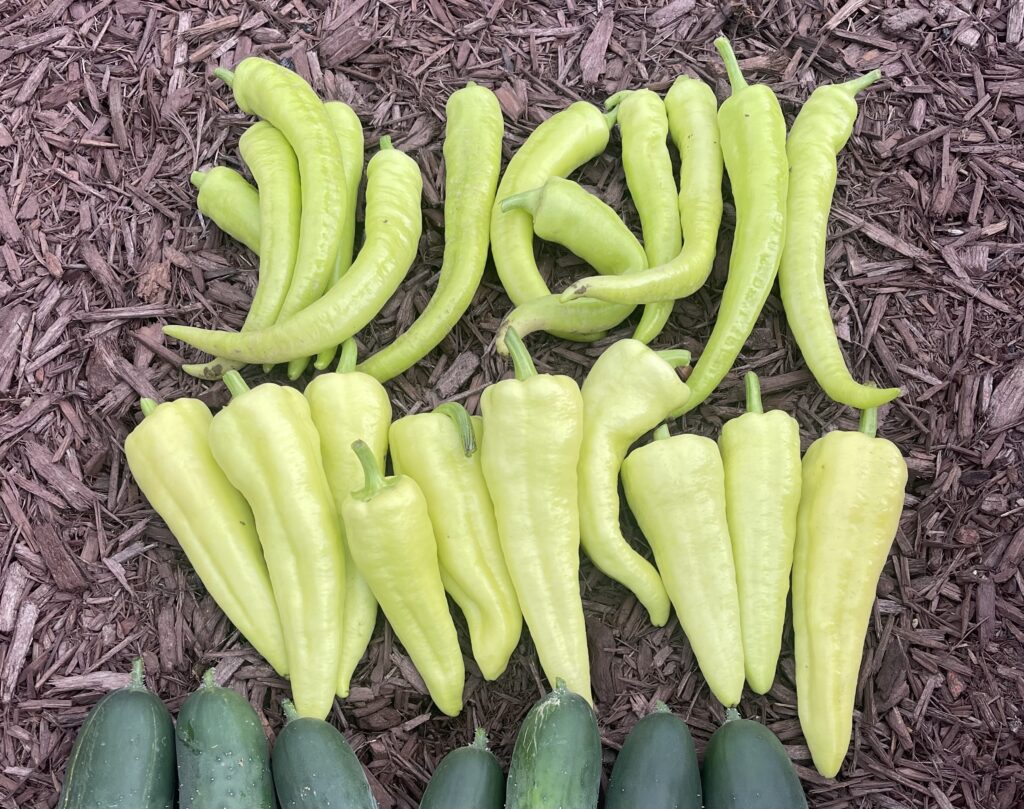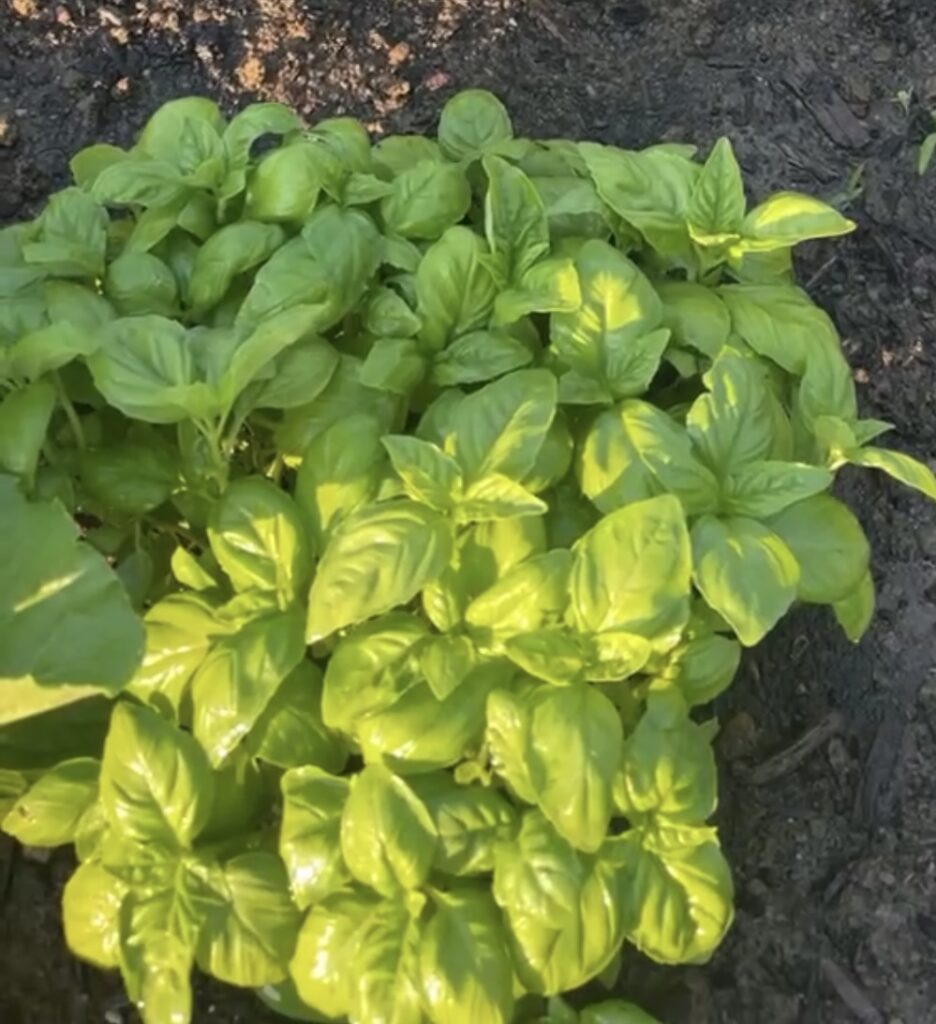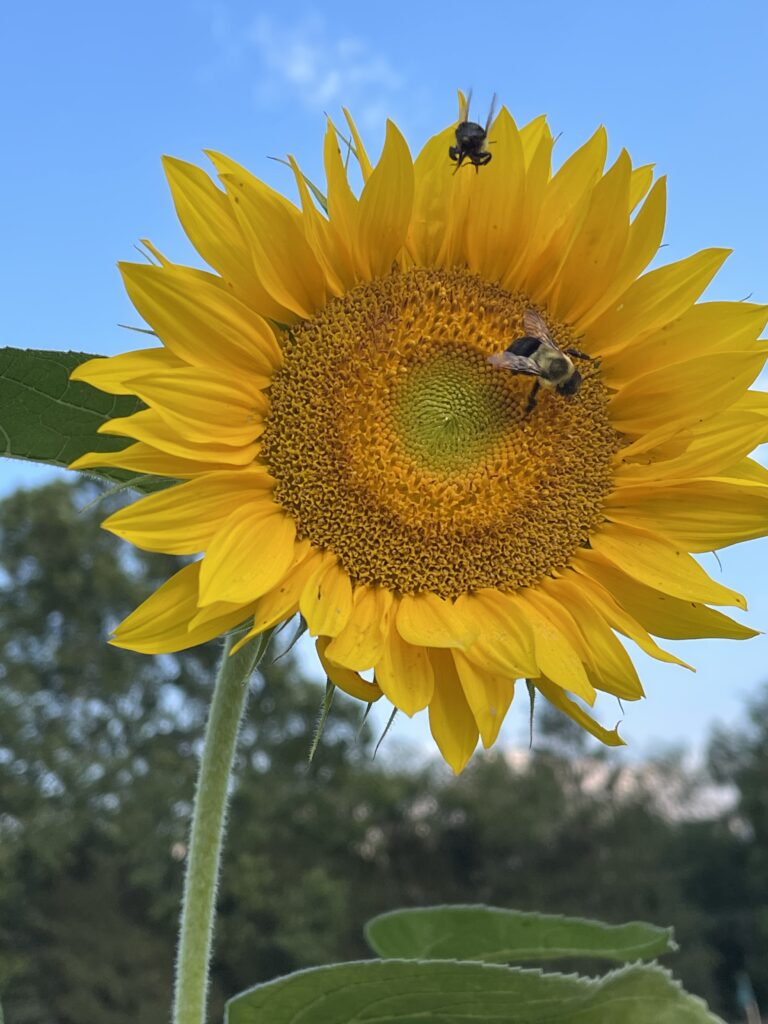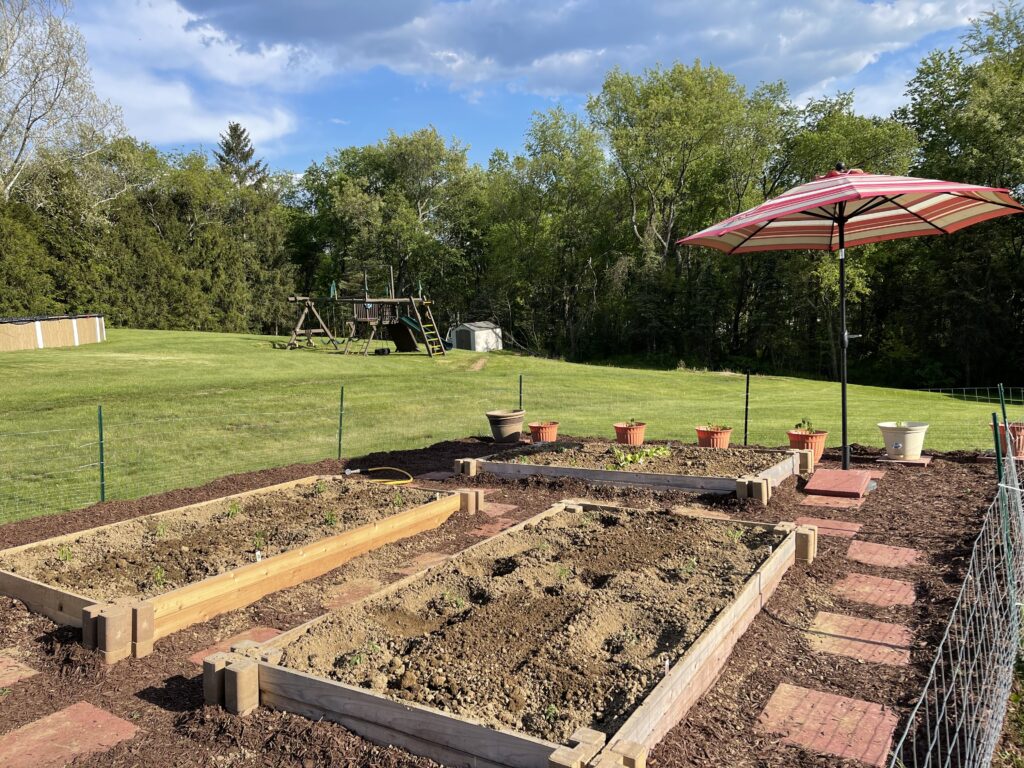Everything you need to make learning at home fun-whether you formally homeschool or not!
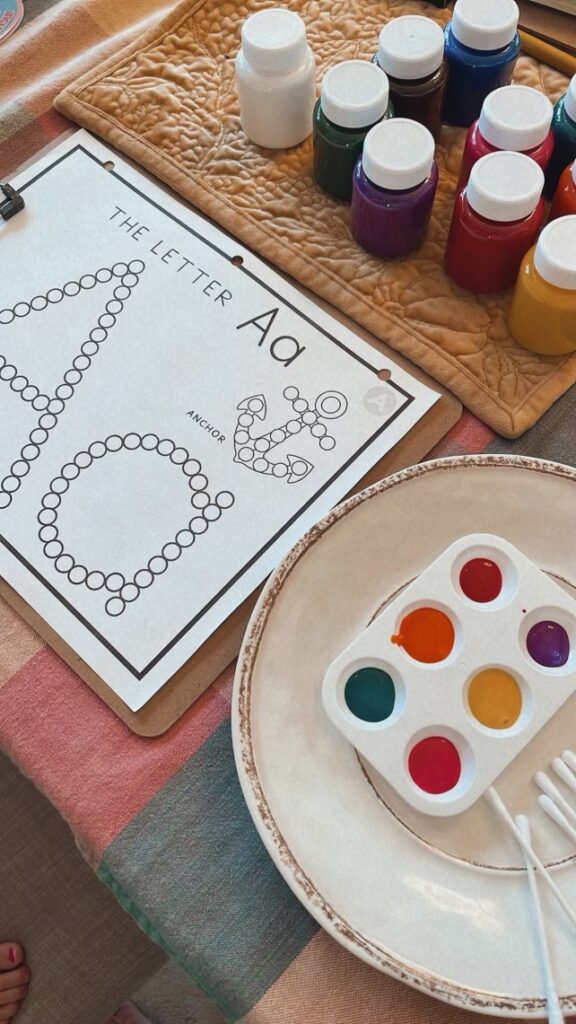
I am a first time homeschooling mom this year. A total newbie. For years, I knew in my gut that this is what would work best for my daughter. As her mom, I picked up on her personality traits and quickly realized that a traditional classroom setting was simply not for her. I started buying preschool homeschool curriculum when my daughter was 3. She is 5 now and I can confidently say that starting to lay that foundation at a young age is what has made this all possible. She has always been a fast learner and had a motivation to do schoolwork. I never have to force her since this has been our routine for as long as she can remember.
Below are two sets of curriculum that any family can use-even if you don’t plan on officially homeschooling.
The Peaceful Press
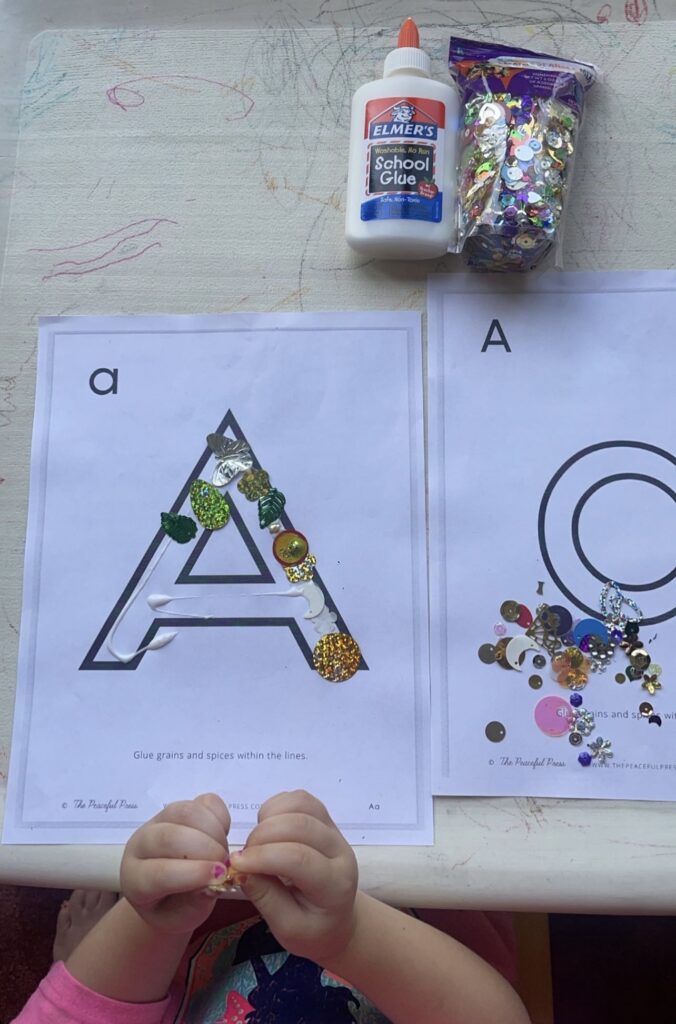
The first homeschool curriculum I ever got was from The Peaceful Press for under $50. It was such a nice introduction and laid the groundwork for where we are today. We absolutely loved this bundle. It is 109 pages including a book list with books for each letter of the alphabet, scriptures, recipes, and crafts for all the letters. It was extremely well put together for both parents and kids. When kids are that little they sometimes don’t have the fine motor skills to hold a pencil, so we did a lot of gluing things onto the letters and it really helped with letter recognition.
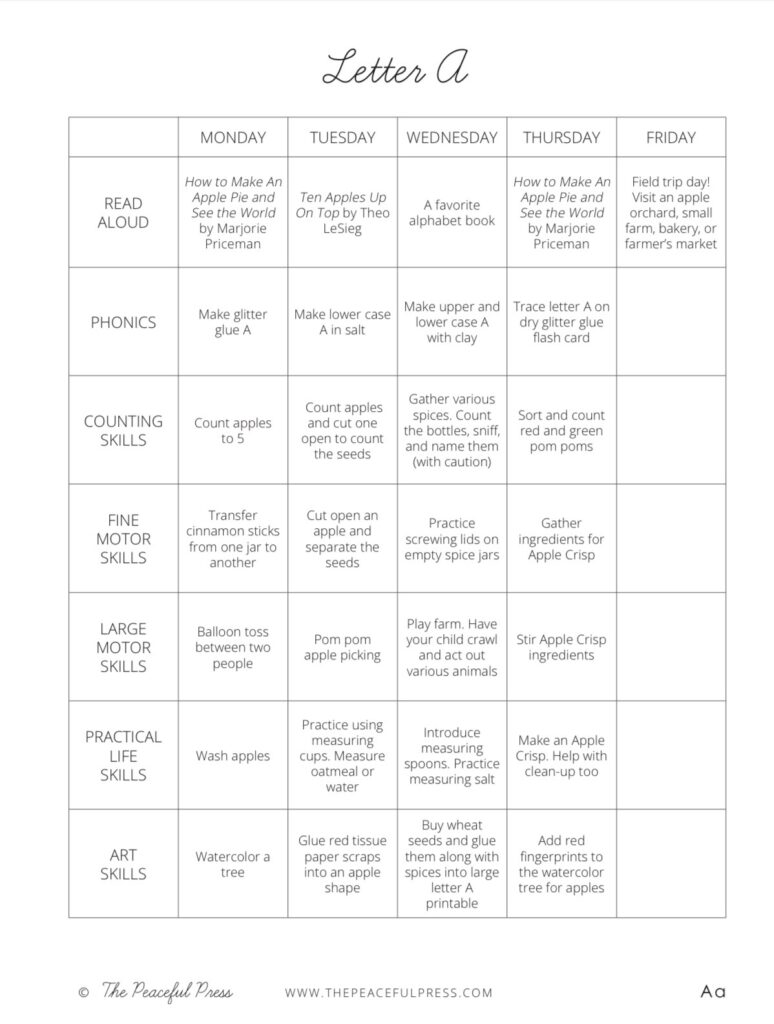
Home and Haven
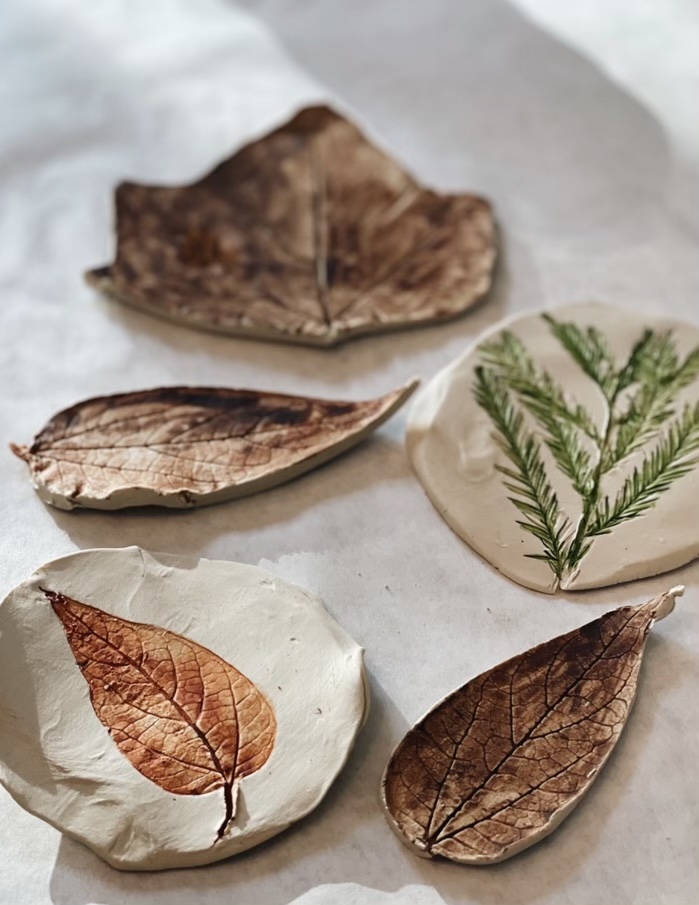
Home and Haven has gorgeous seasonal curriculum and they run sales a few times a year. I snag them for $25 or 2 for $40. We absolutely love these bundles. They are extremely aesthetically pleasing and pretty to look at. These bundles are jam packed with fun printable pages, recipes, crafts, games, mazes word scrambles, word searches and coloring pages for each season. What I love about both The Peaceful Press and Home and Haven is that they’re digital downloads so I can print them over and over and over again as needed.
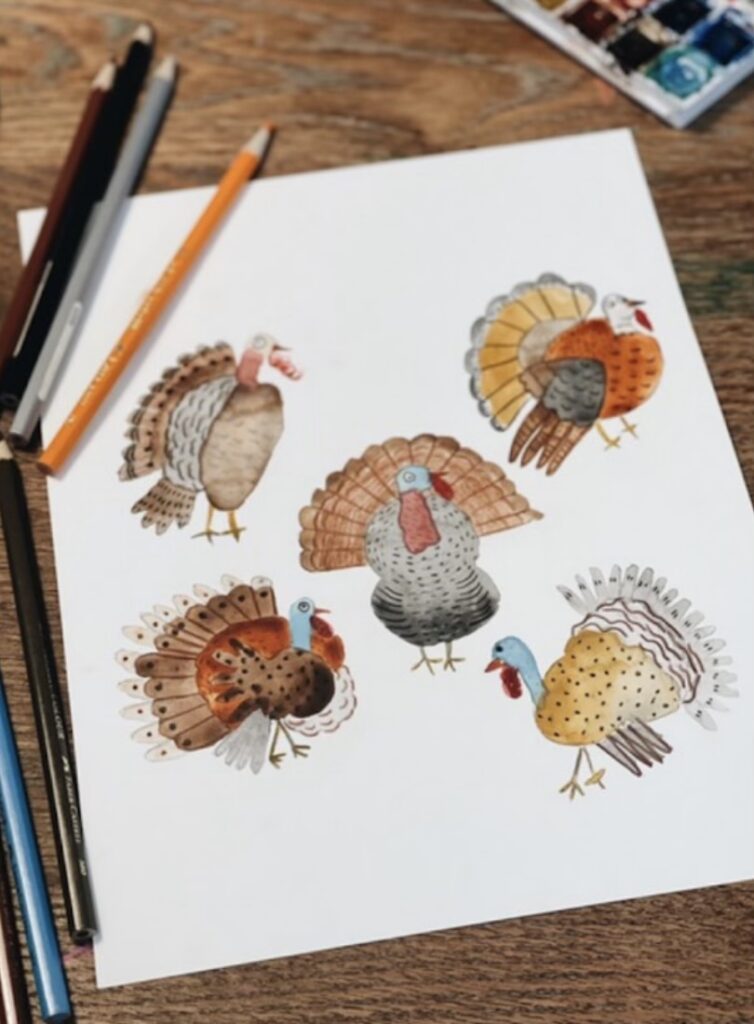
The best homeschool curriculum to begin with:
The Good & The Beautiful
I cannot say enough amazing things about this curriculum. I was a little overwhelmed and intimidated by the entire idea of officially teaching my daughter but everything we’ve used from The Good and The Beautiful has been so extremely easy to follow. My favorite thing about this curriculum is that it is faith-based so it teaches kids about God’s majesty and the nature He created. It is academically thorough and either meets or exceeds state and national standards. There are apps that have videos, books, audiobooks and games that go along with the lessons.
Math
Math is my daughters favorite subject now thanks to this book. She actually begs and bargains with me to do another lesson. We usually do two math lessons a day because she enjoys it that much.
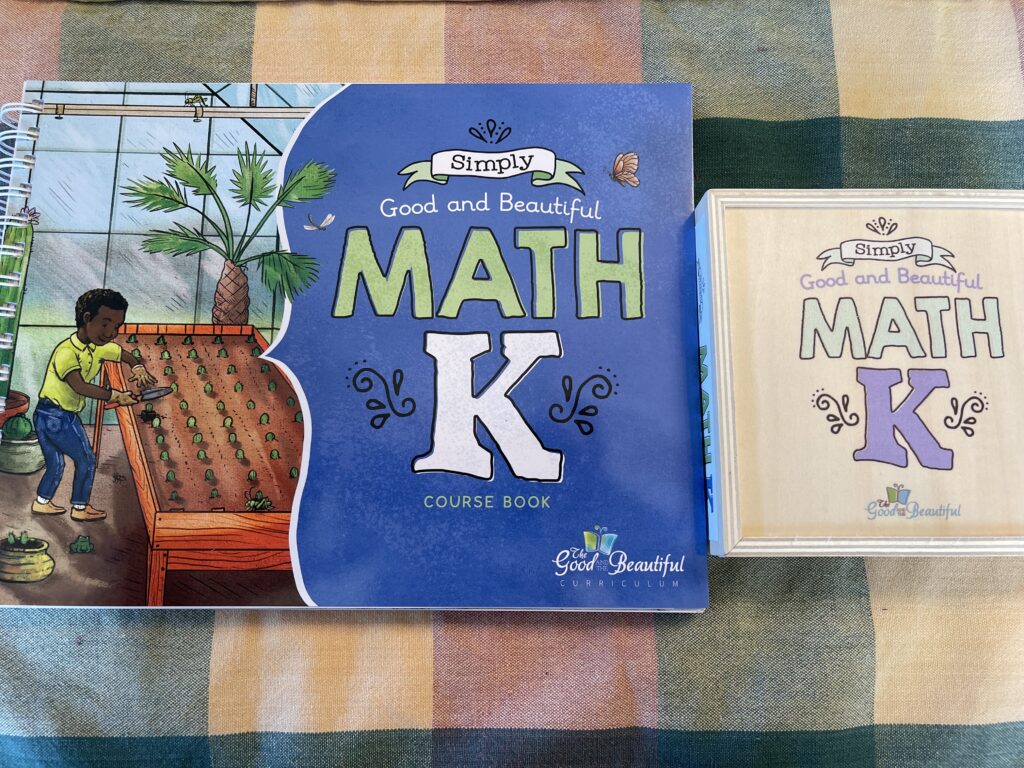
Science
I feel so blessed to have this exact science course to teach because my daughter is completely obsessed with bugs, worms and all things nature. So far we’ve learned about deciduous trees, bark, where maple syrup comes from and mushroom and moss spores just to name a few.
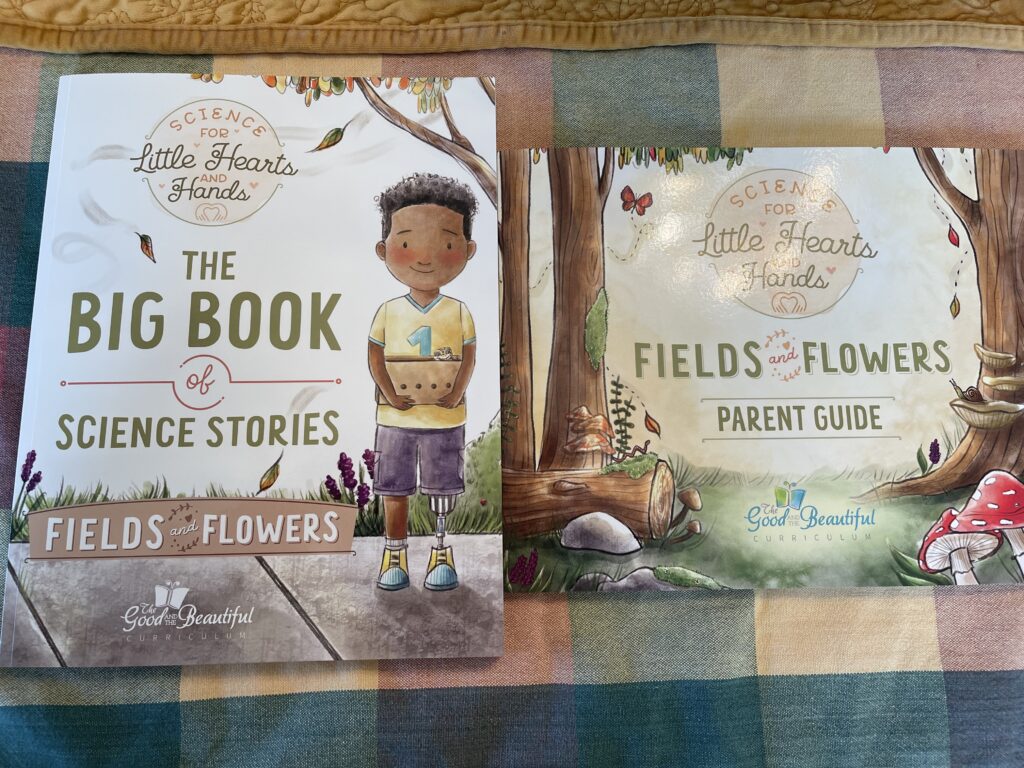
Language Arts
This subject comes with three items: a large workbook, a smaller book of reading cards, and box of 20 beginner books. Even the language arts is so spiritual, it will have the kids look at a beautiful illustration of a mountain side village and have the kids point out the things that God created.
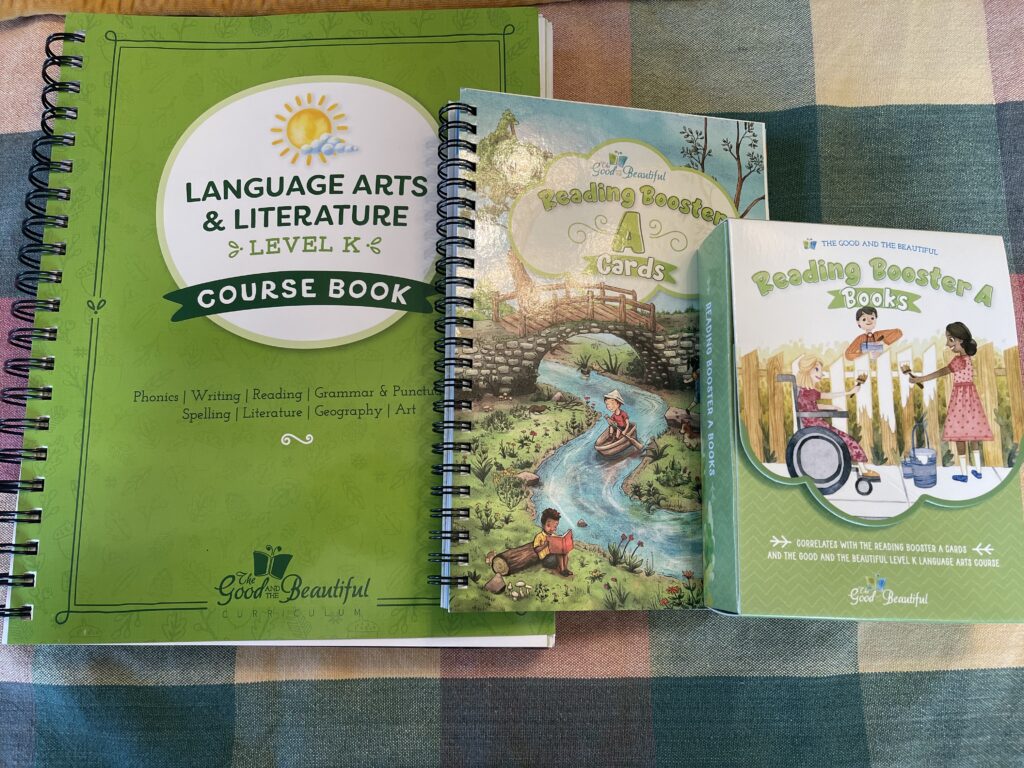
Handwriting
This is an optional bonus and not required but this is also one of my daughter’s favorite things to grab. She takes this to soccer games and even to Sam’s Club and works when she gets bored.
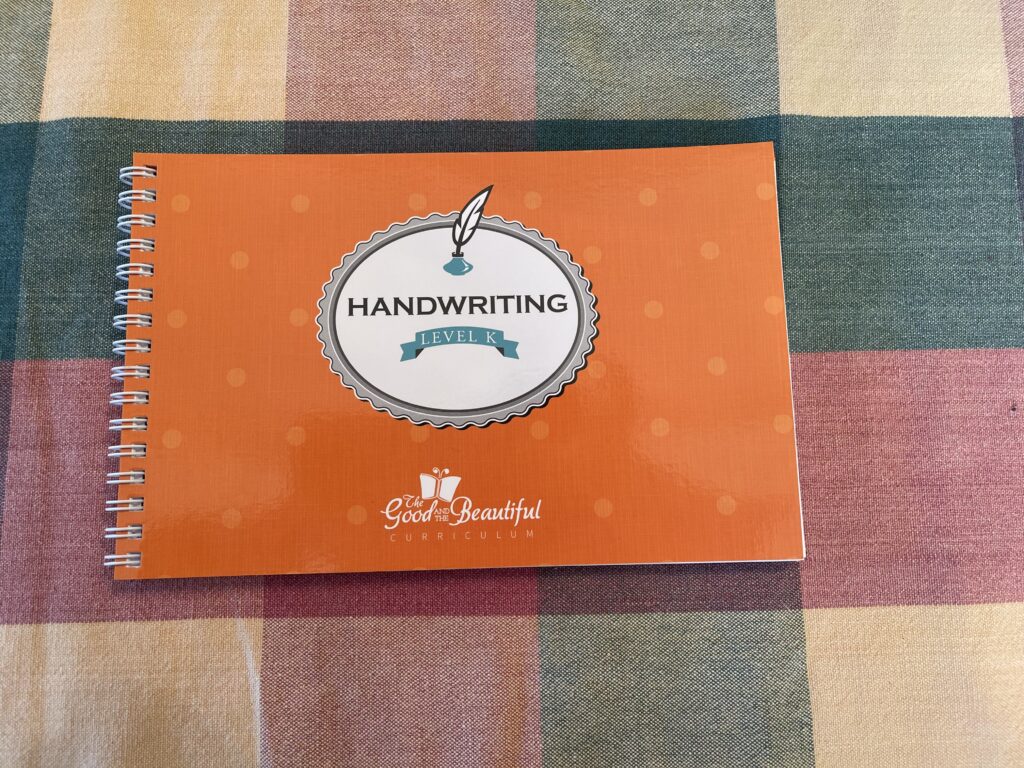
The Five Girl Schoolhouse
This is one of my favorite purchases I’ve made as far as learning goes. We use this as our Morning Warm Up. It is EXACTLY what the do in preschool and kindergarten. It is only $15 and you can print the pages over and over. I highly recommend this for any family-it helps the kids start to recognize their letters and it is a lovely screen-free way to keep them occupied.

A Day In The Life:

Here’s what a typical homeschool day looks like for us:
- I wake up at around 6 to get my middle sons lunch packed and get him on the bus. I sometimes pack my daughter a lunch because she really liked that part of her school day so I want to keep that bit of normalcy for her.
- My daughter sleeps til around 8:30 am and is usually immediately hungry. She’s been known to eat her packed lunch for breakfast.
- We start schoolwork around 9 with our Morning Warm Up and then we dive right into Math. Math usually takes us about 30 minutes and sometimes we do two lessons.
- We start Science class next. Science is pretty quick and usually consists of me reading a story and asking around three questions from the Parent Guide. There’s usually a video available pertaining to our lesson which is so helpful.
- Language Arts is a 3 part subject so we start off with Reading Cards for around 10 minutes then we do a lesson in the workbook. We then try reading one or two of the 20 books that come with the Language Arts course. This subject takes us around 40 minutes.
- Handwriting is last and we’re super casual about it so I let her do this with a snack to end our day.
- We go outside for “recess” if it’s nice enough. We like to take Nature Walks around our neighborhood for a scavenger hunt pertaining to what she’s learning in science class. We also love going on “Field Trips” to the Library and a Petting Zoo we have season passes to.
I hope this helps give you a starting off point if you’ve been wanting to get a head start on learning. Even if you never homeschool, all of these are amazing, affordable things you can introduce to kids as soon as possible. I always justify the price of these things by telling myself that I would most definitely spend $15 or $25 on my kids at any store. Happy Learning, Friends!



